When Joe Brewer and Penny Heiple first mentioned the idea of design immersions as part of the Design School for Regenerating Earth's current six-month learning journey, How to Organize Your Bioregion, the idea immediately resonated with me. I volunteered without fully understanding what I was signing up for! I just knew I wanted to do it. The timing felt right for us at Théra.
Théra is a multi-site Bioregional Learning Center – a living lab and applied research center for regeneration. We explore agriculture and biodiversity, habitat and energy, culture and governance, economic and monetary systems, healthcare, and education.
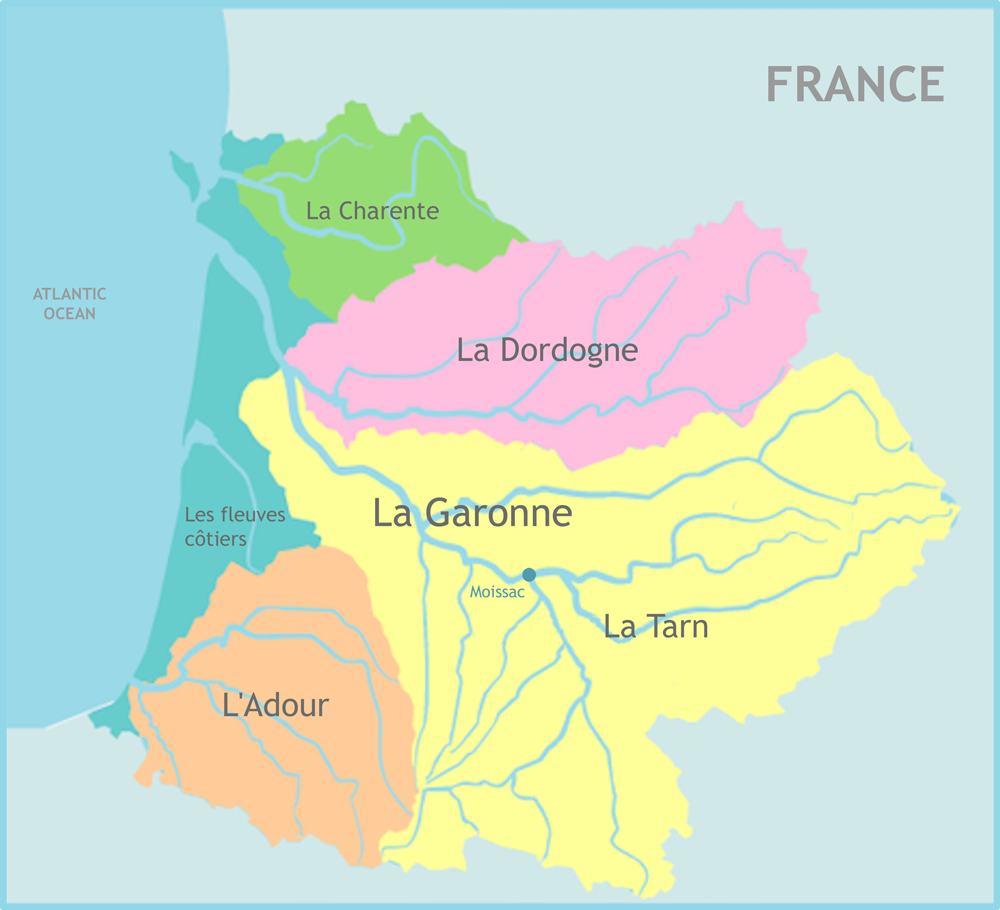
Théra is nestled in Tarn-et-Garonne of southwest France, a region rich in biodiversity and culture. It's the place where two strong characters, the Garonne and Tarn rivers, come together.
As a link between the Pyrenees mountain range and the Atlantic Ocean, the Garonne has shaped both the landscape and the culture. With its capricious and wild side, it's taught local people patience and respect for nature through legendary floods and its often difficult navigability. Once navigable up to the confluence, the Tarn was a significant communication and commercial route in previous centuries.
The Tarn runs in a roughly westerly direction, from its source at an elevation of 1,550 m (5,090 feet) on Mont Lozère in the Cévennes mountains (part of the Massif Central), through the deep gorges and canyons of the Gorges du Tarn that cuts through the Causse du Larzac, to Moissac in Tarn-et-Garonne, where it joins the Garonne, 4 km (2.5 miles) downstream from the center of town.
Planning for the immersion was a challenge. I worried whether anyone would come, how to plan it and ensure everyone enjoyed it, and whether I could afford it. With the support of the Design School, and specifically Joe and Penny, along with Richard Coates who was simultaneously designing his own immersion on the River Thames, I found the courage to move forward.
After a couple of months of planning, at the end of May 2025, an international group of thirteen people came together for a five-day bioregional immersion to connect with each other, reconnect with nature, and experience what it means to live in harmony with their environment.
On the first day of Théra's Bioregional Immersion, everyone arrived excited to meet each other and start exploring.

We began with a visit to Lauzerte, one of France's 200 officially designated "most beautiful villages."
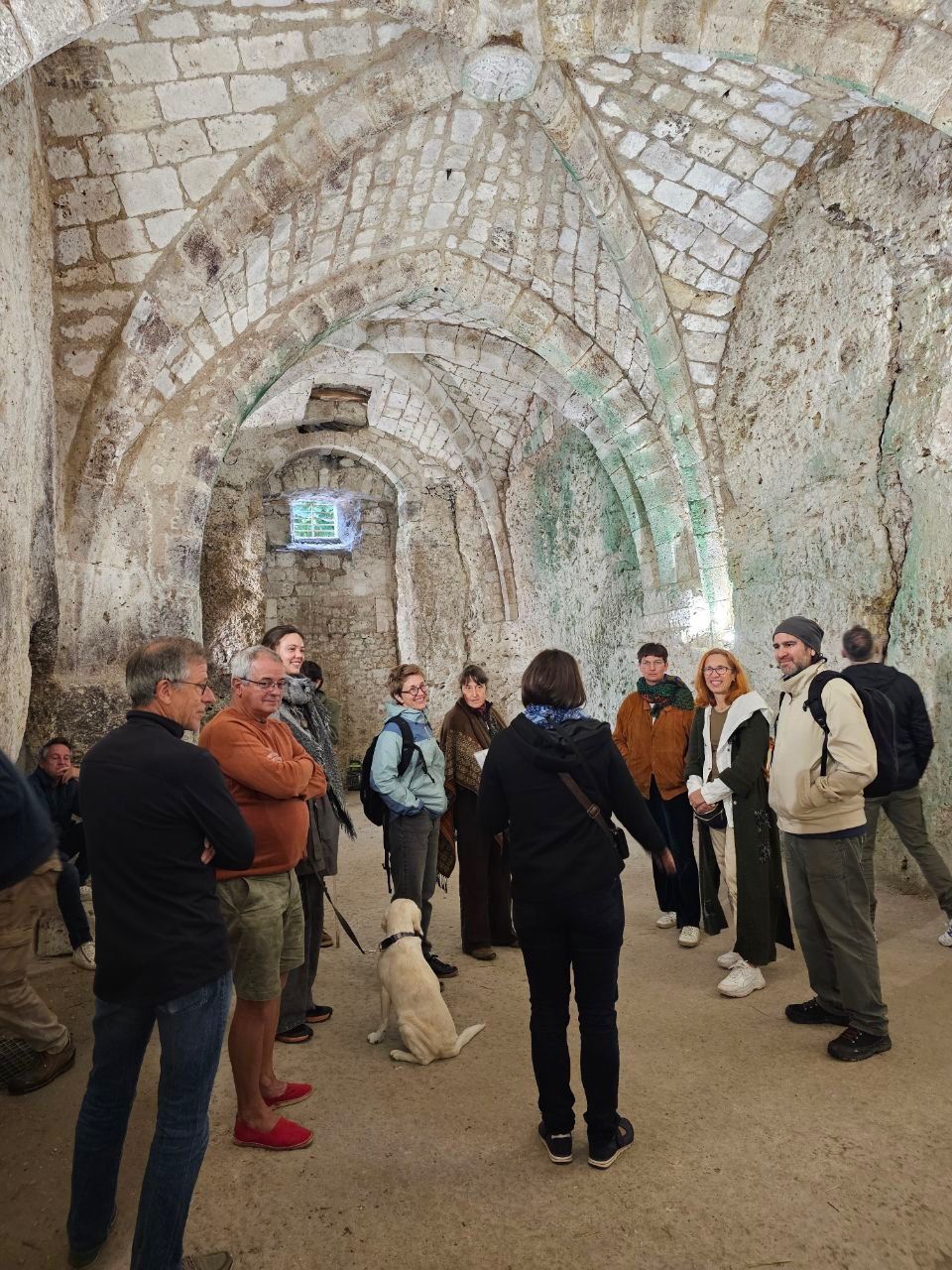
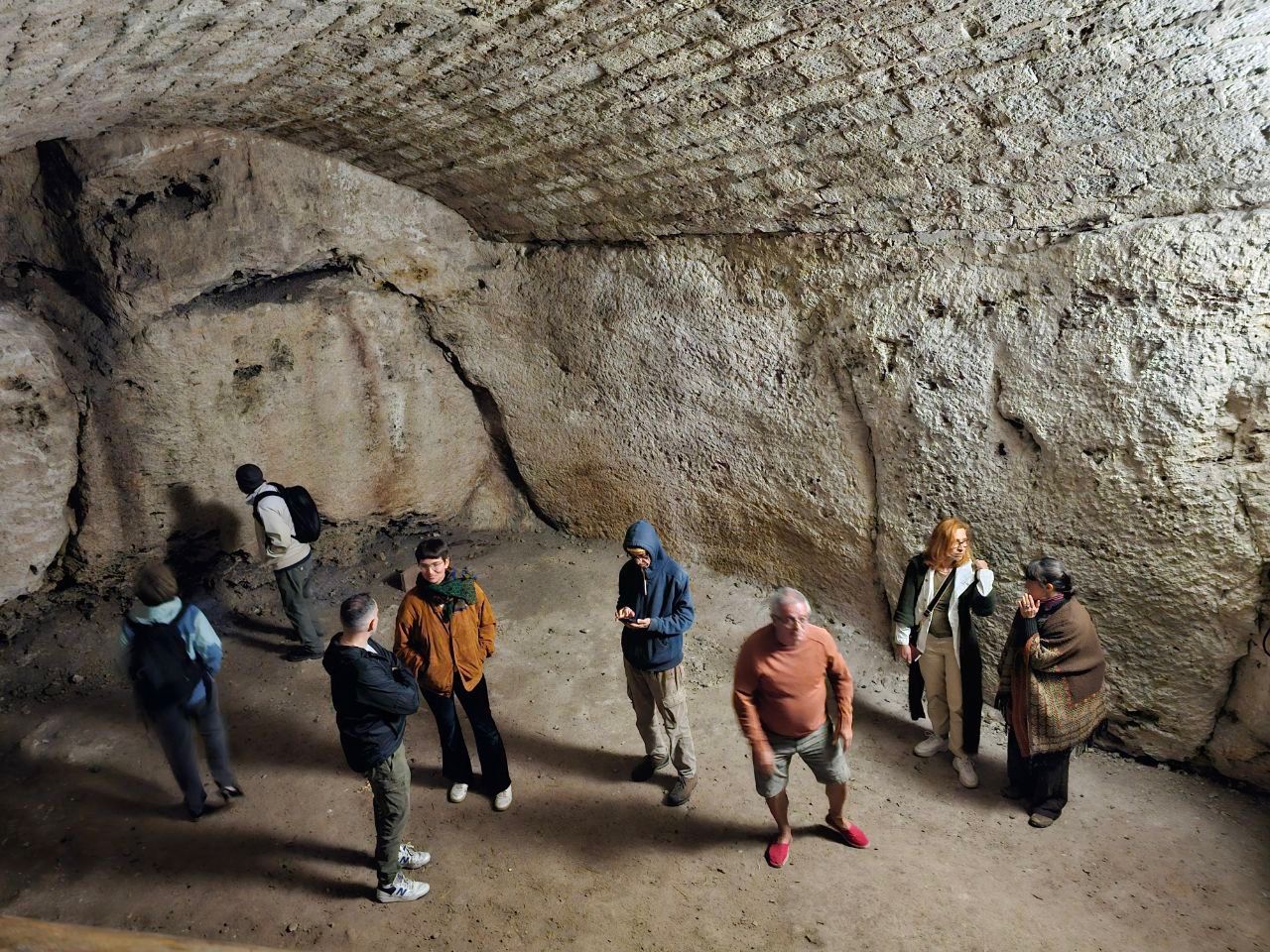
As the group started to get to know each other, we visited the cellars built under medieval homes. These underground spaces were once used for storing goods of all kinds.
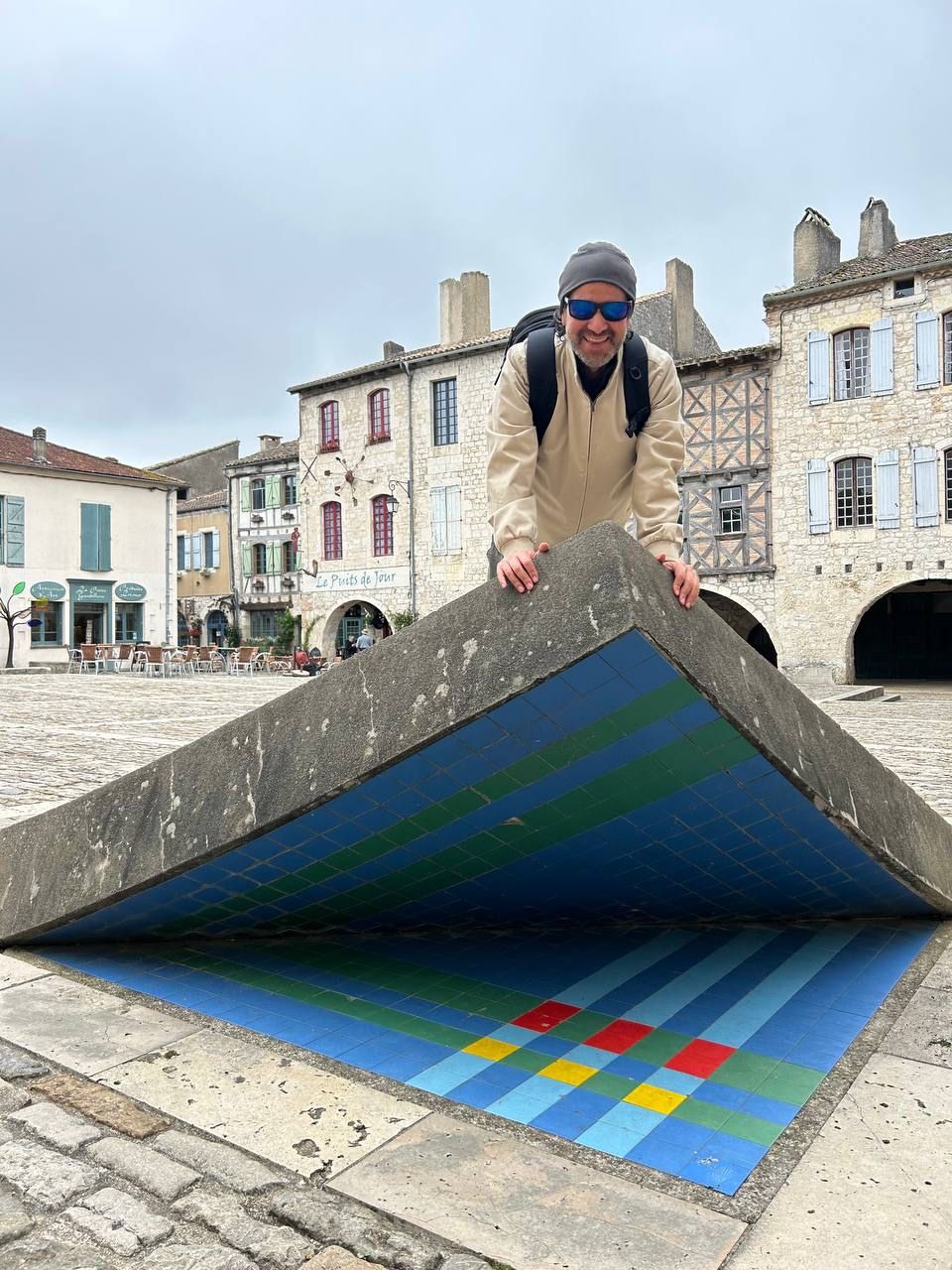
We wandered the main square, Place des Cornieres, which features an uplifted corner of pavers, a unique and whimsical sculpture created in 1988 by local ceramic artist Jacques Buchholtz. We admired the sweeping views over rolling hills and farmlands.
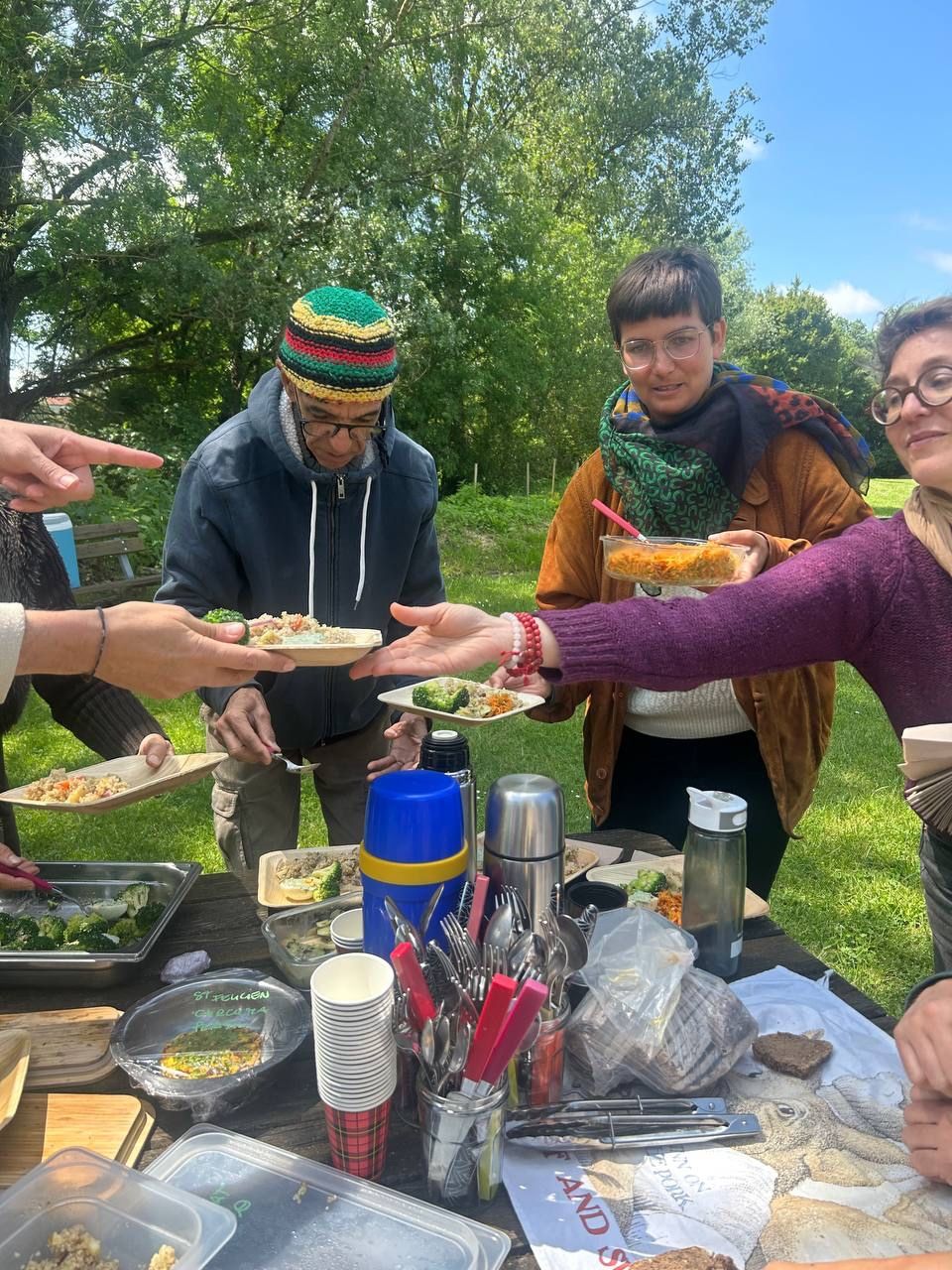
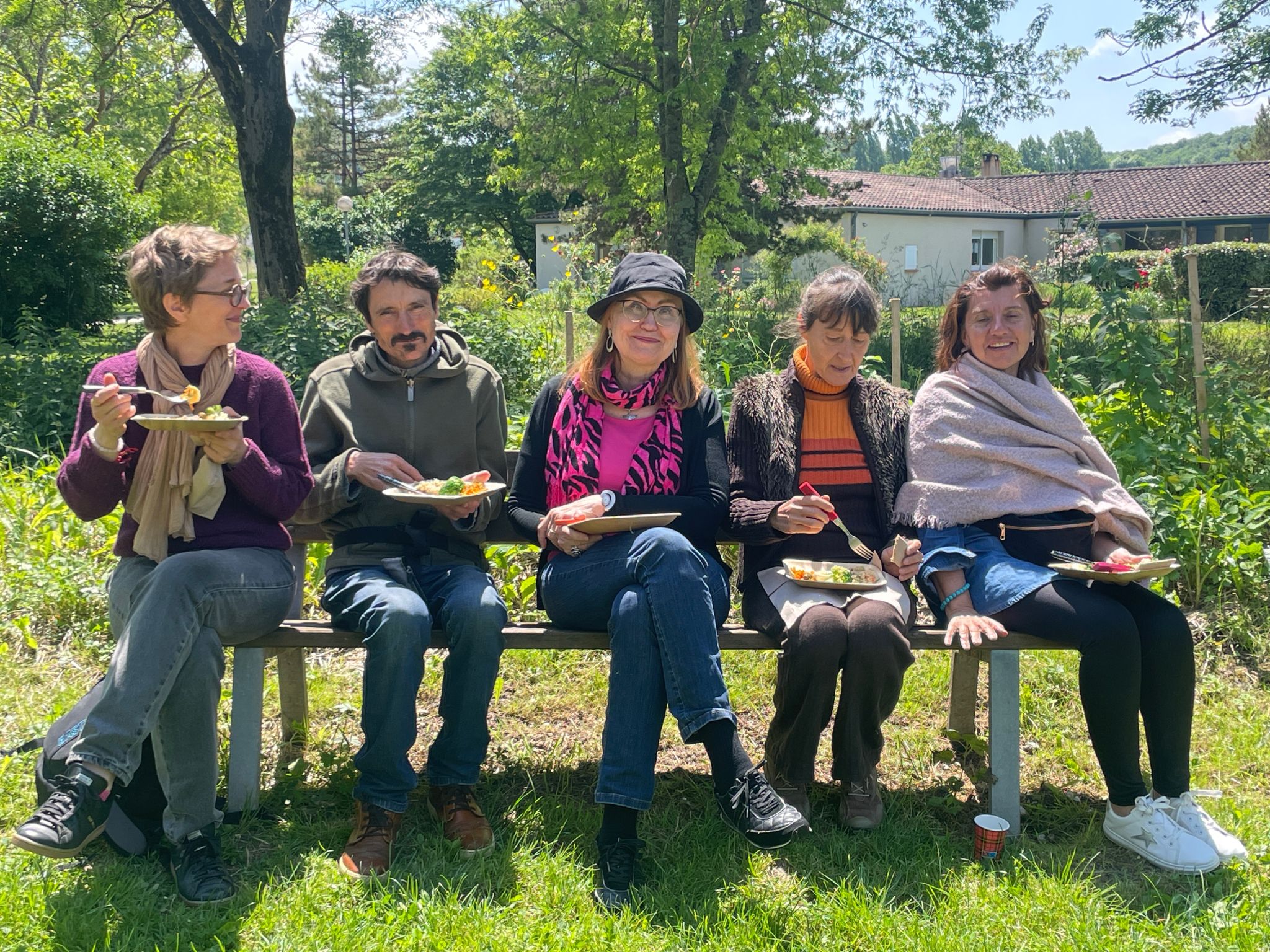
We enjoyed a picnic lunch in Montaigu-de-Quercy, then crossed into the Lot-et-Garonne to visit TERA, a project revitalizing the rural territory of Lustrac near Trentels.
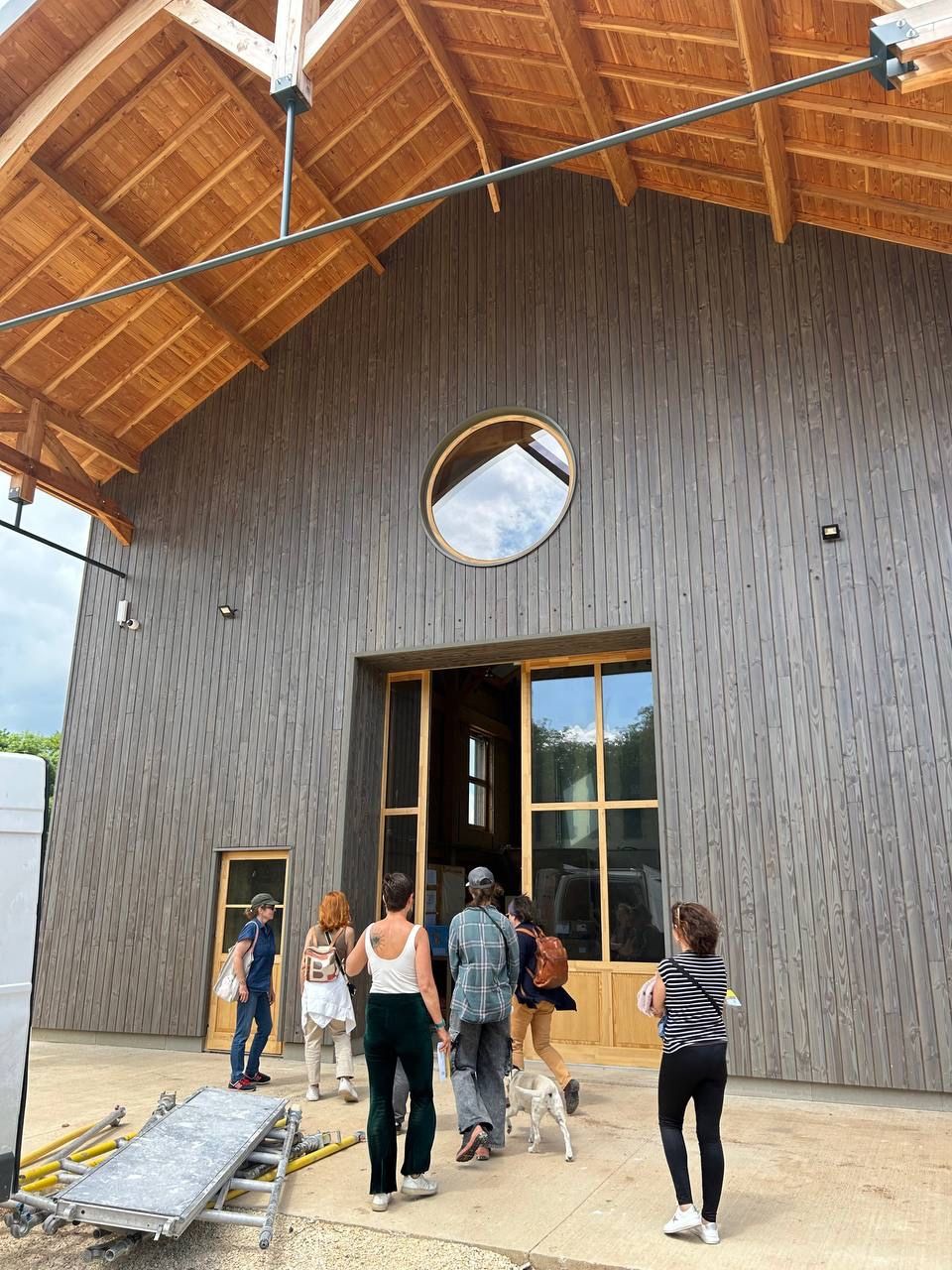
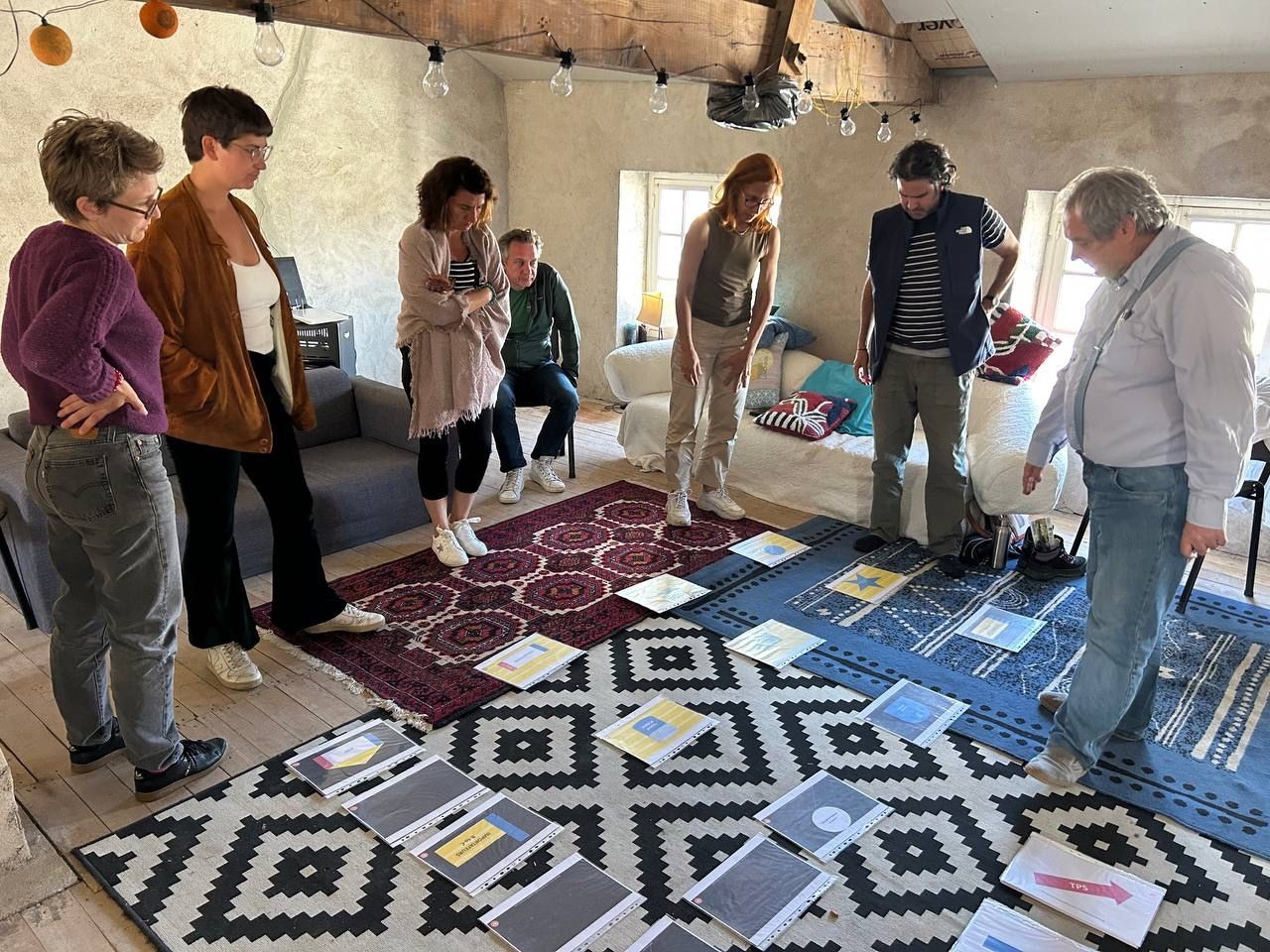
We learned from Sandrine Maximilien how they're regenerating the rural territory by creating an eco-construction school to build a new neighborhood. Later in the afternoon, we learned more from Frédéric Bosqué about the ins and outs of the model. Their broader vision is an experimental ecosystem to pilot a guaranteed minimum income, supported by a local currency.
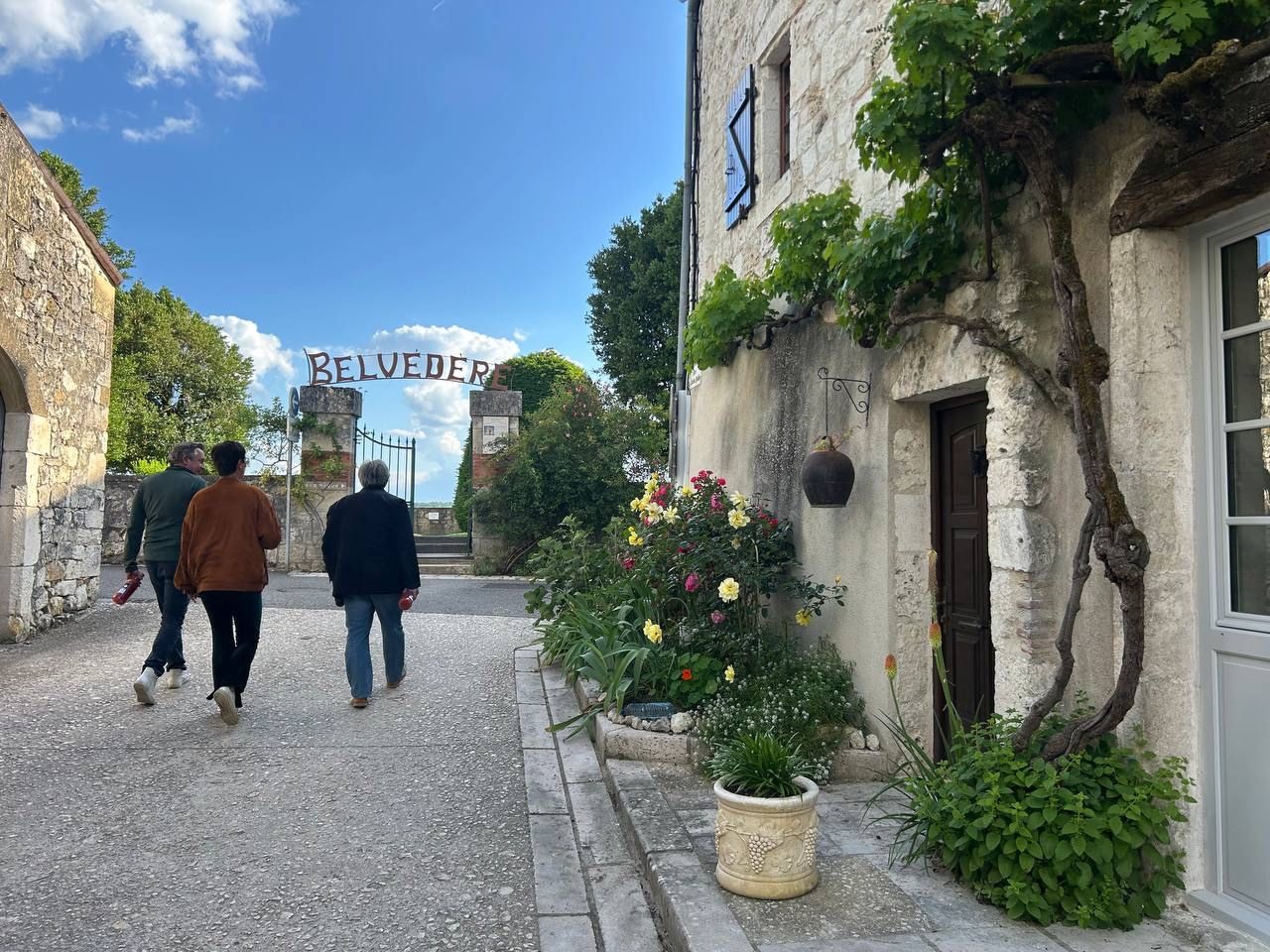
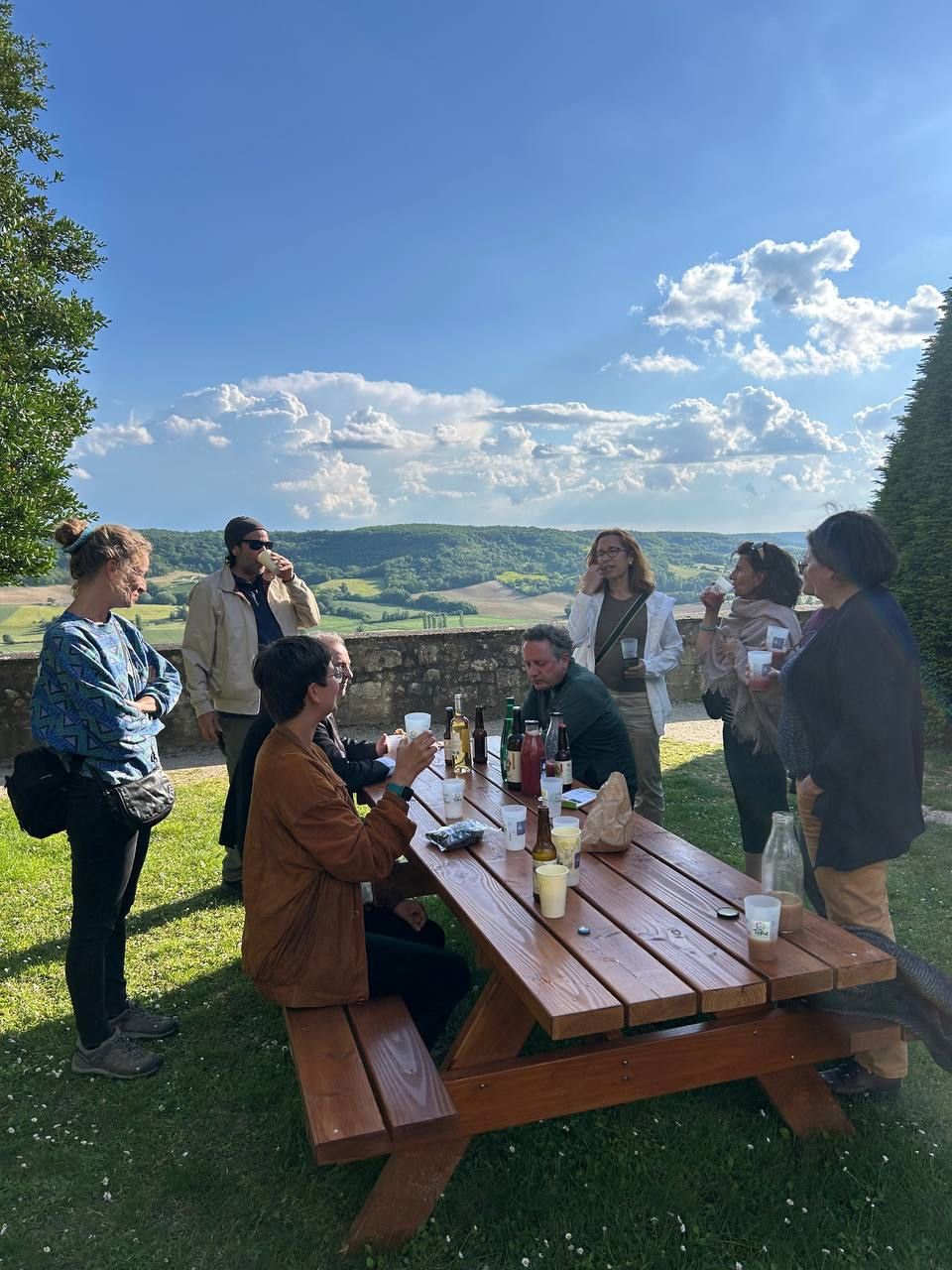
We ended the day with a friendly gathering and drinks at the Belvedere, enjoying the conversation and the view.
"I really fell in love with the region. It was so beautiful to see the projects, which really inspired me. It gave me this kind of push to start wherever you are, with what you have." – Immersion Participant
We spent the second day at the Théra site of our Bioregional Learning Center.

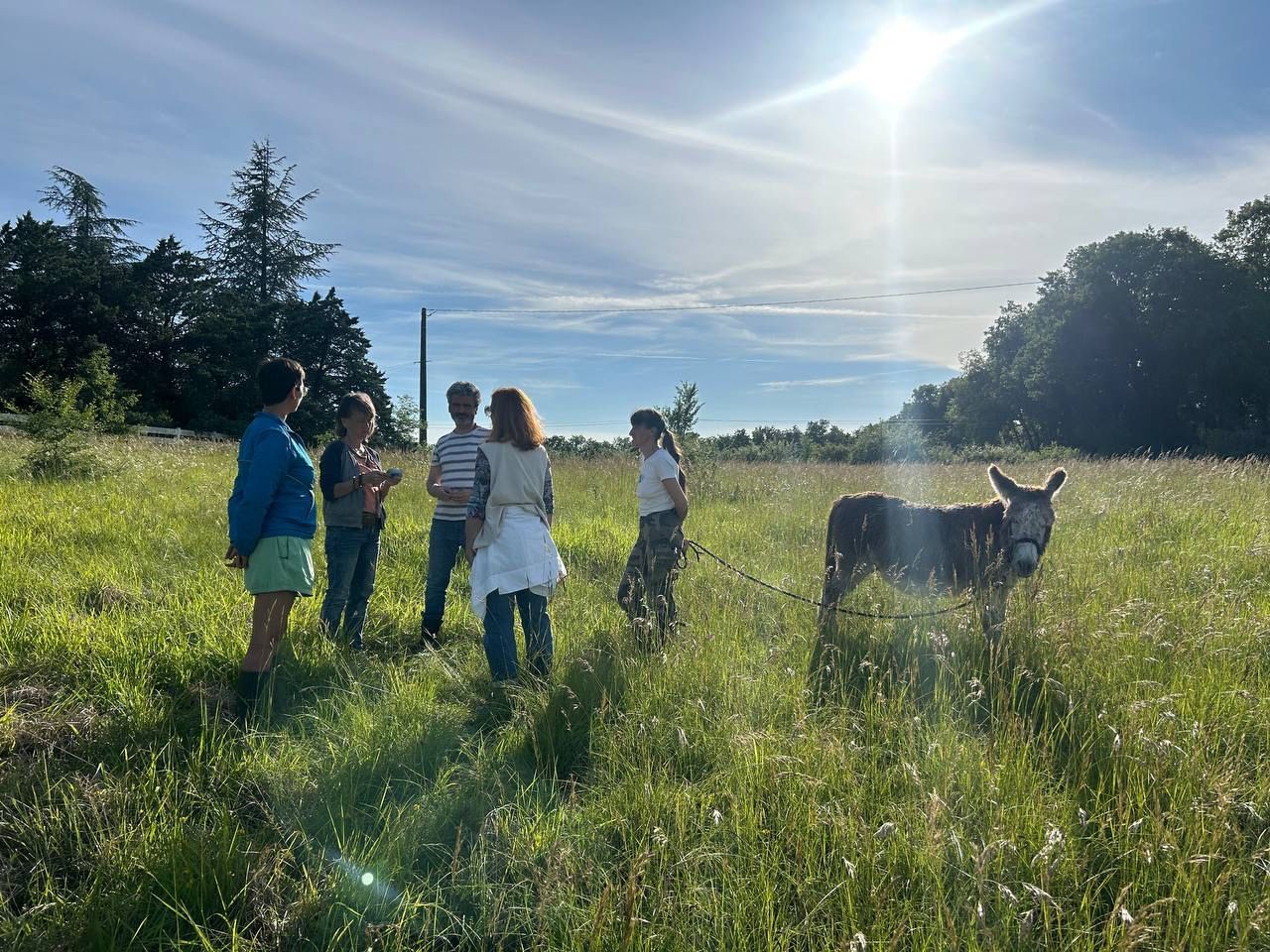
Over the last many months, the Théra team has been working on creating our community permaculture garden, and getting nine raised planting beds in place. We built a greenhouse, put in dry toilets, created compost piles, and made a shelter for our donkey, Nanouk. Still in the works are a chicken coop and ponds.

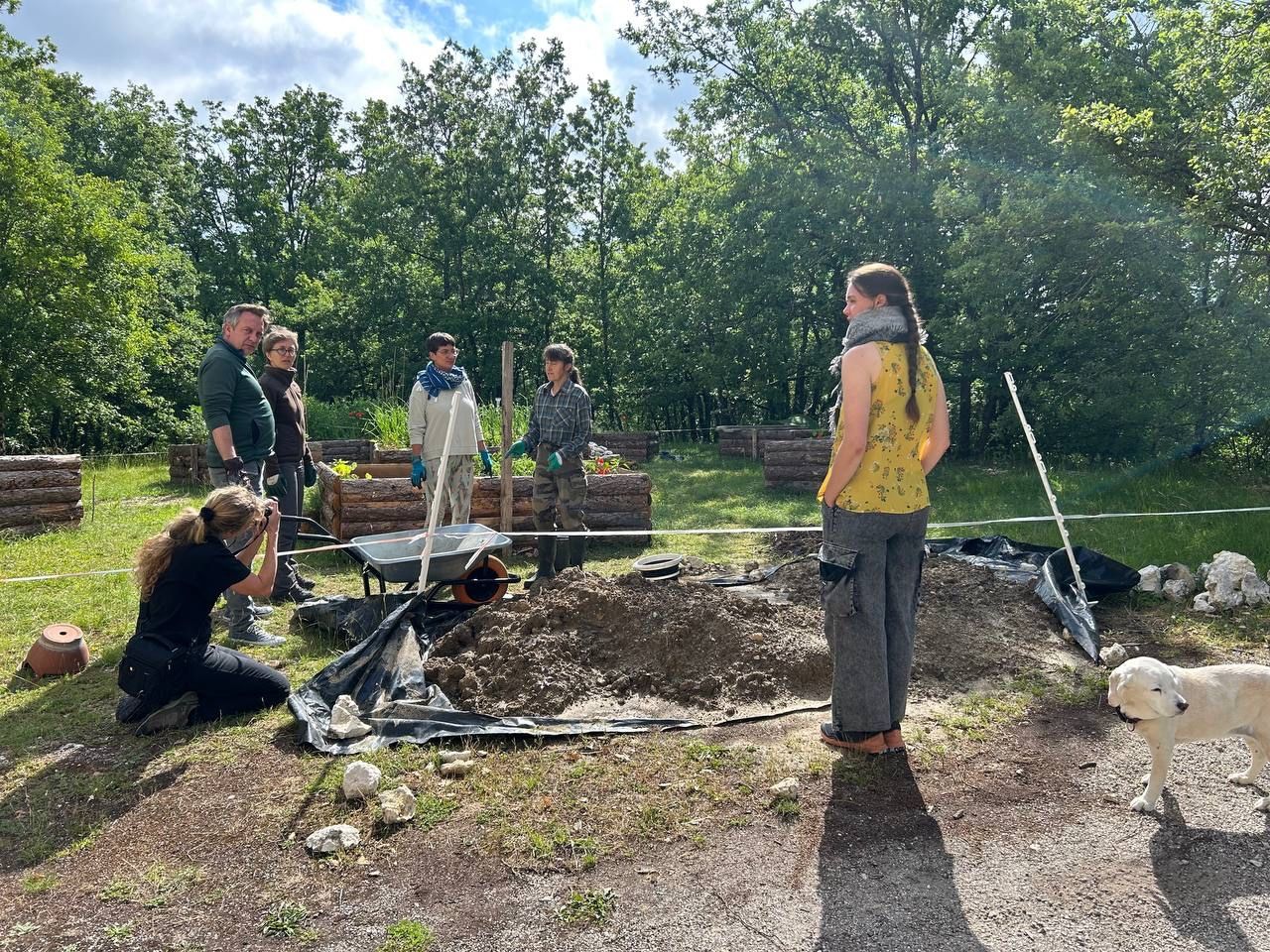
We all got our hands dirty as the immersion group did work on the land.
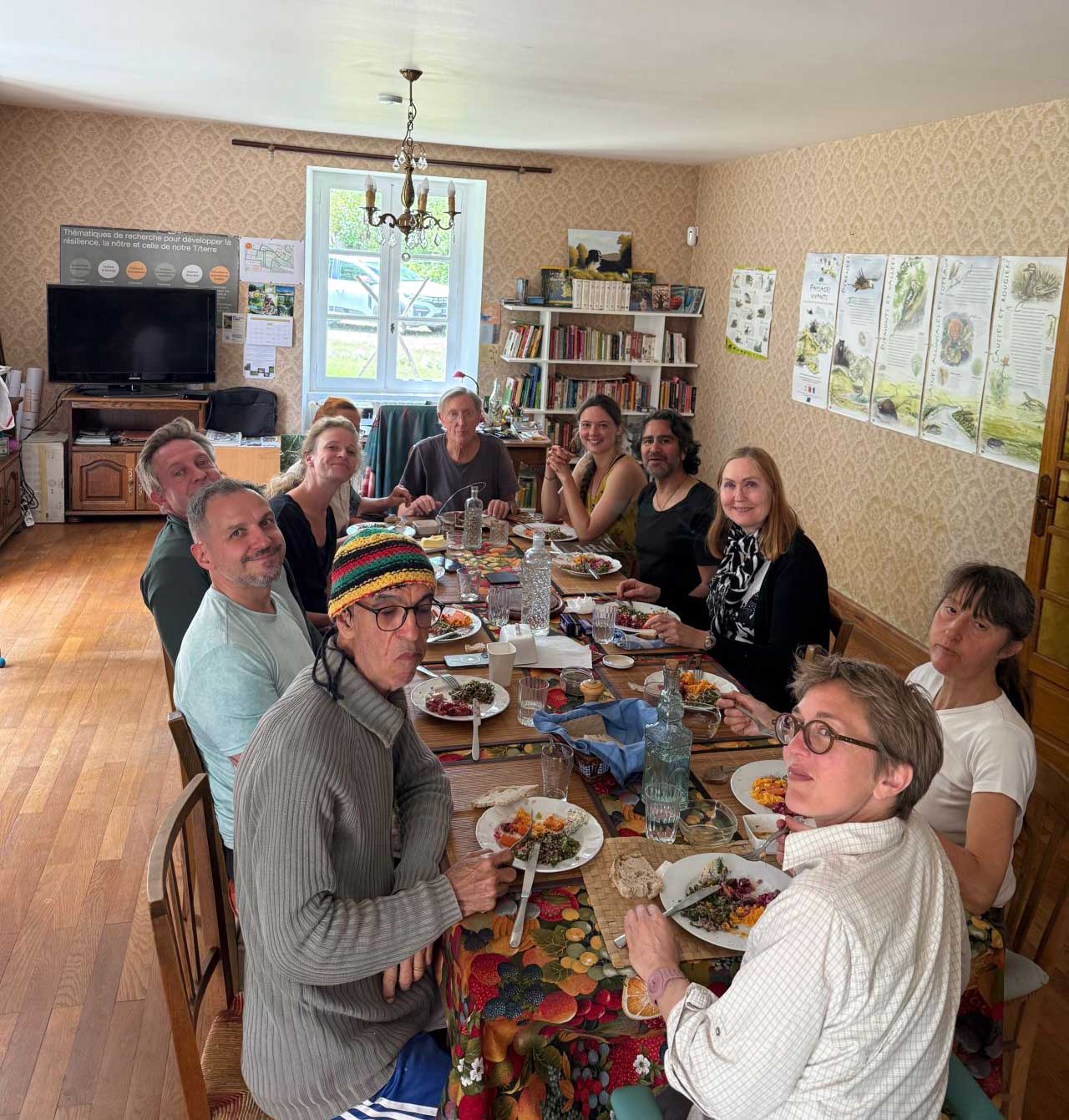
We worked up a good appetite for lunch, and over the shared meal talked about all the dreams for the land.
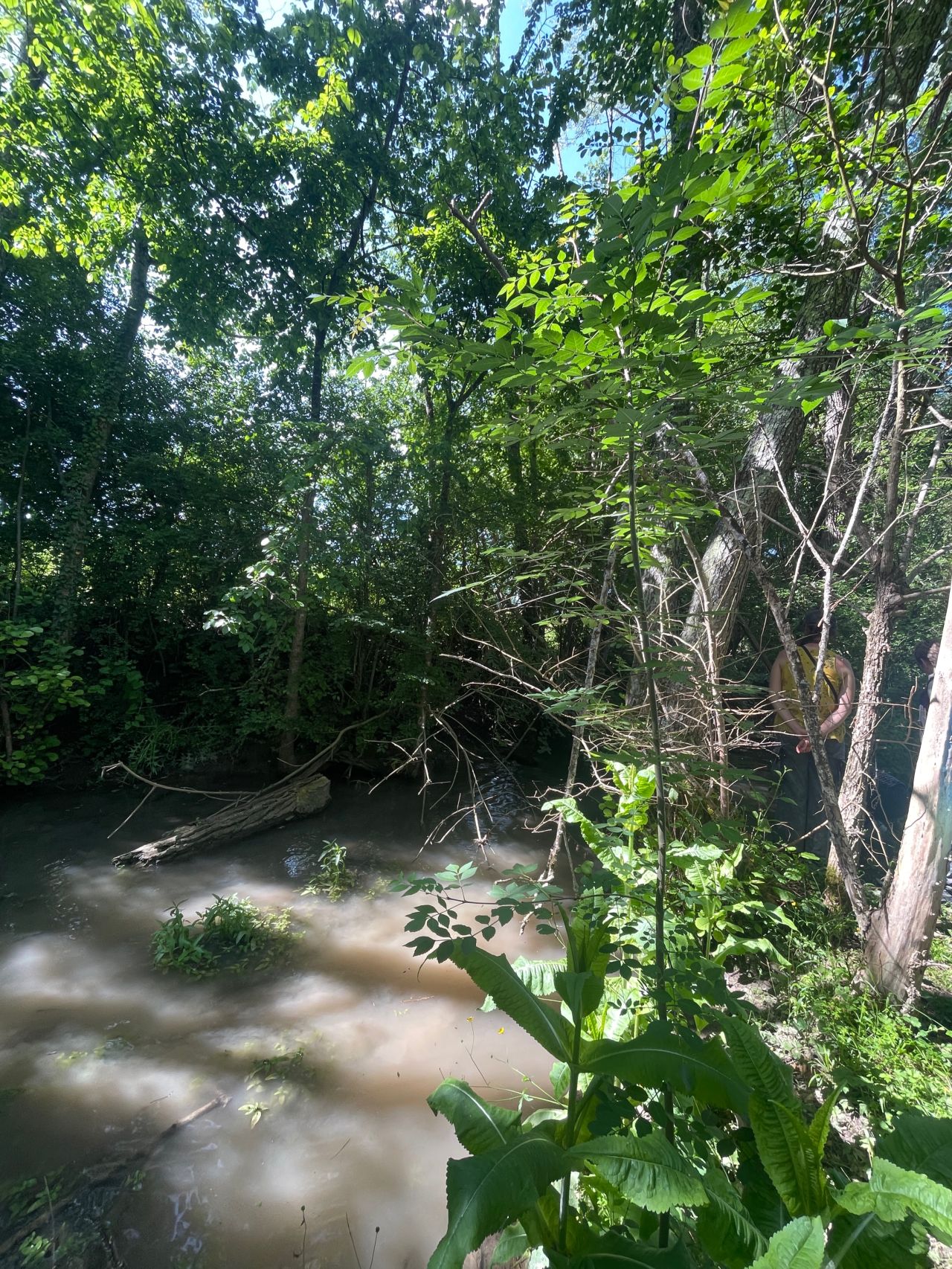
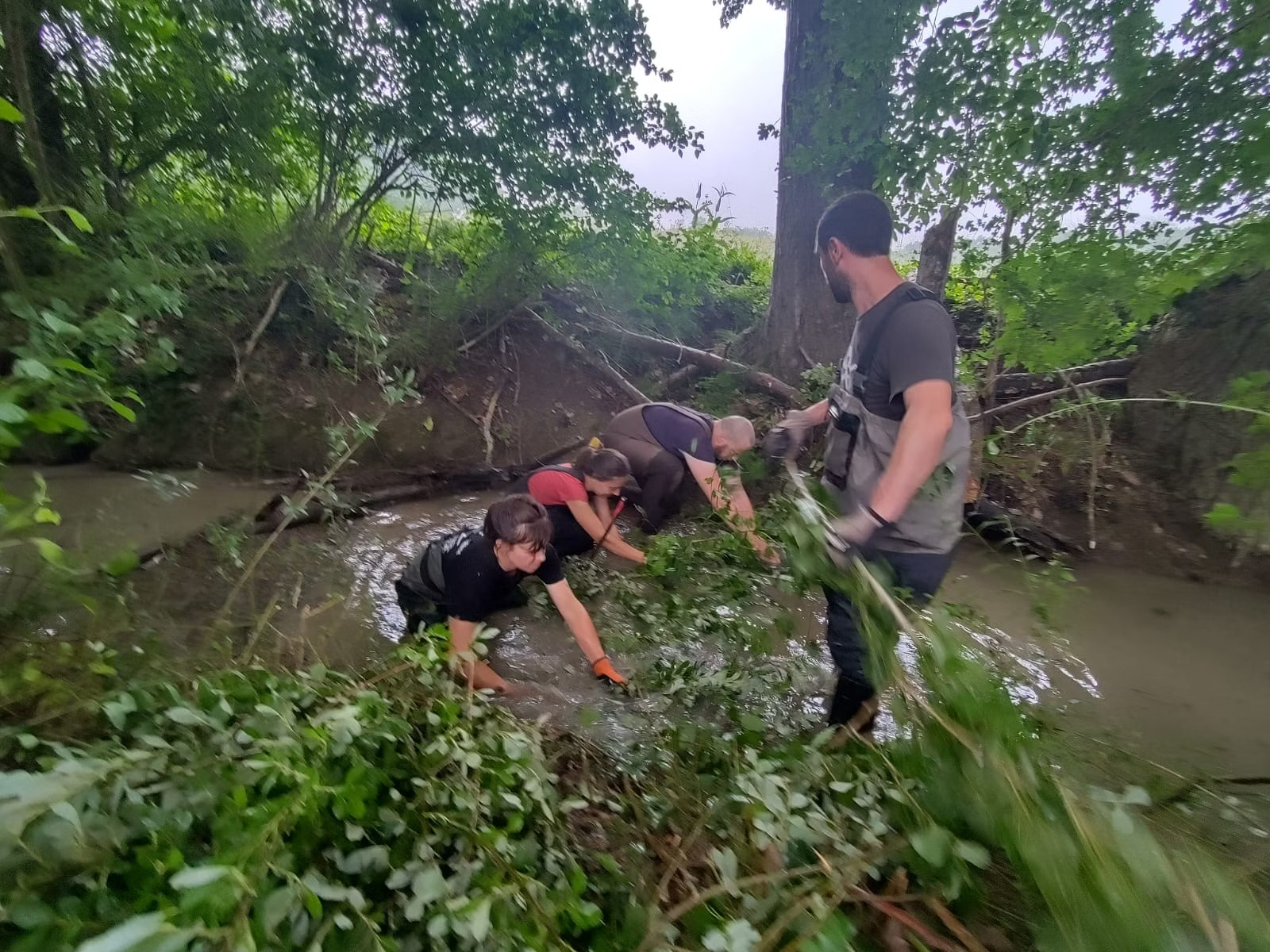
After lunch, we visited the site of our beaver dam analog pilot project (first photo above), exploring both the promise and challenges of this section of the Petite Séoune river.
A couple of weeks after the immersion, through six months of planning, stakeholder management, and dealing with various administrative necessities, we received the official approval from the Tarn-et-Garonne water office to conduct our pilot project. In the second photo above, you can see our human beavers at work. About 50 people, over two-and-a-half days, built five structures that are already starting to breathe new life into the stream!
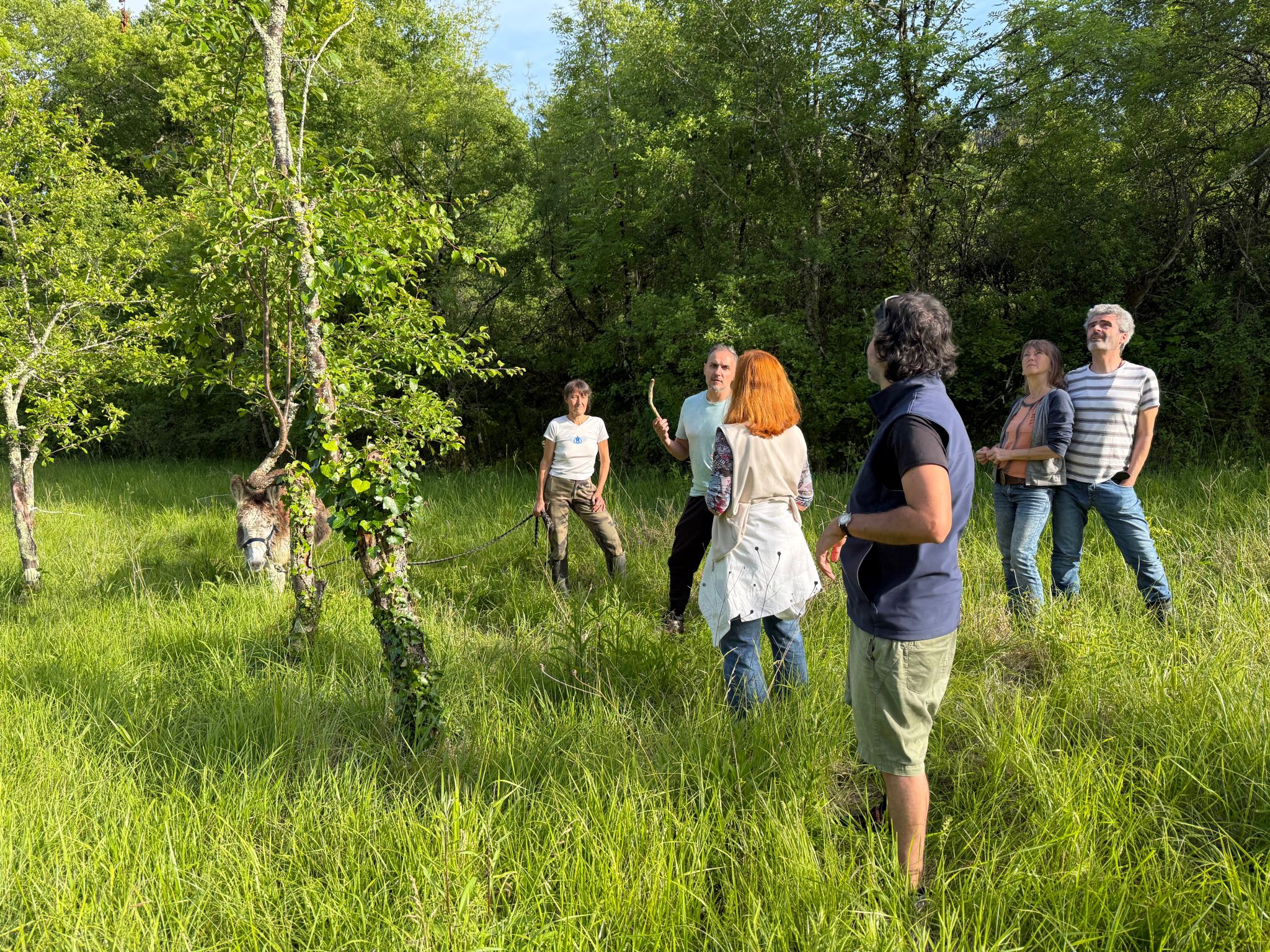
We closed the day by exploring the 5.2 hectares of Théra's land and exchanging ideas for its regeneration.
"The beauty of the beaver dam analog project is that its goes beyond personal gains, as its pure aim is restoring the local water system and its biodiversity. These regenerative projects are at the core of a bioregional approach and will ultimately benefit us all." – Immersion Participant
On Day 3, we headed out to Roquecor, a small "perched village" (a village high on a hill).
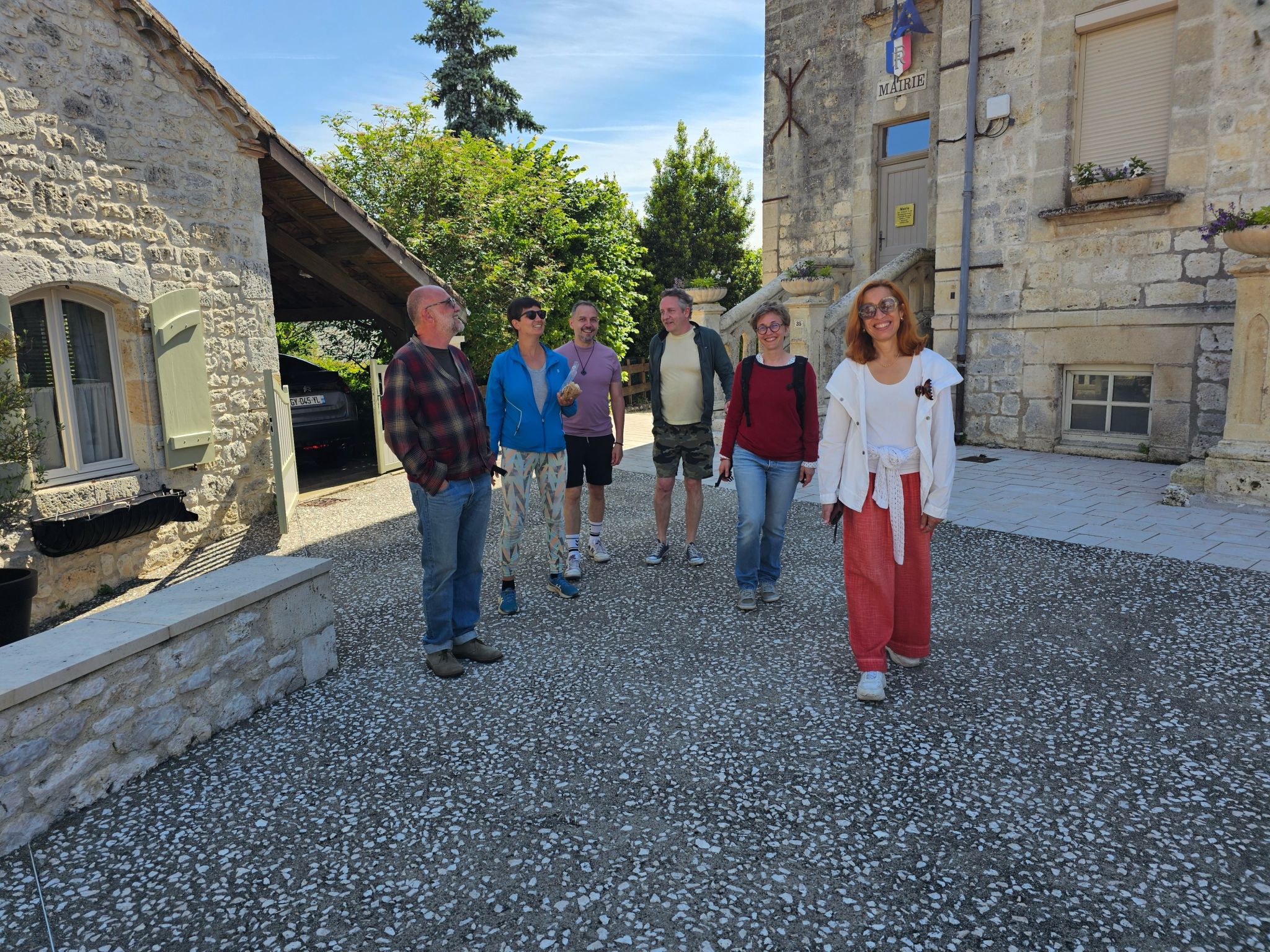
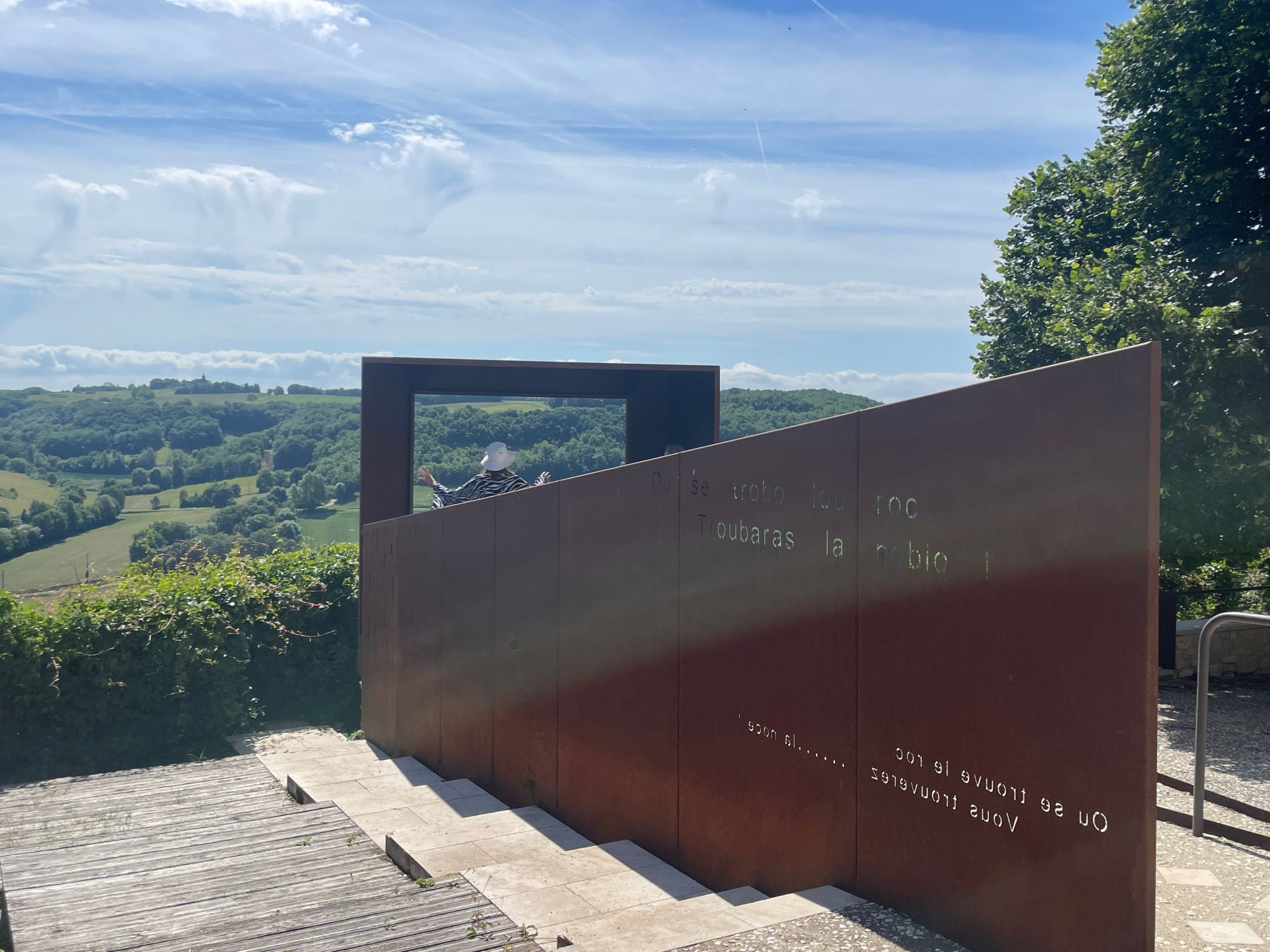
Roquecor is known for its white limestone buildings. Many of the houses have photos of what they looked like in the past, recalling their history and highlighting that they've remained relatively unchanged over the years.
The village offers impressive views of the surrounding landscape. A striking viewing platform has a large metal rectangle that frames the view.
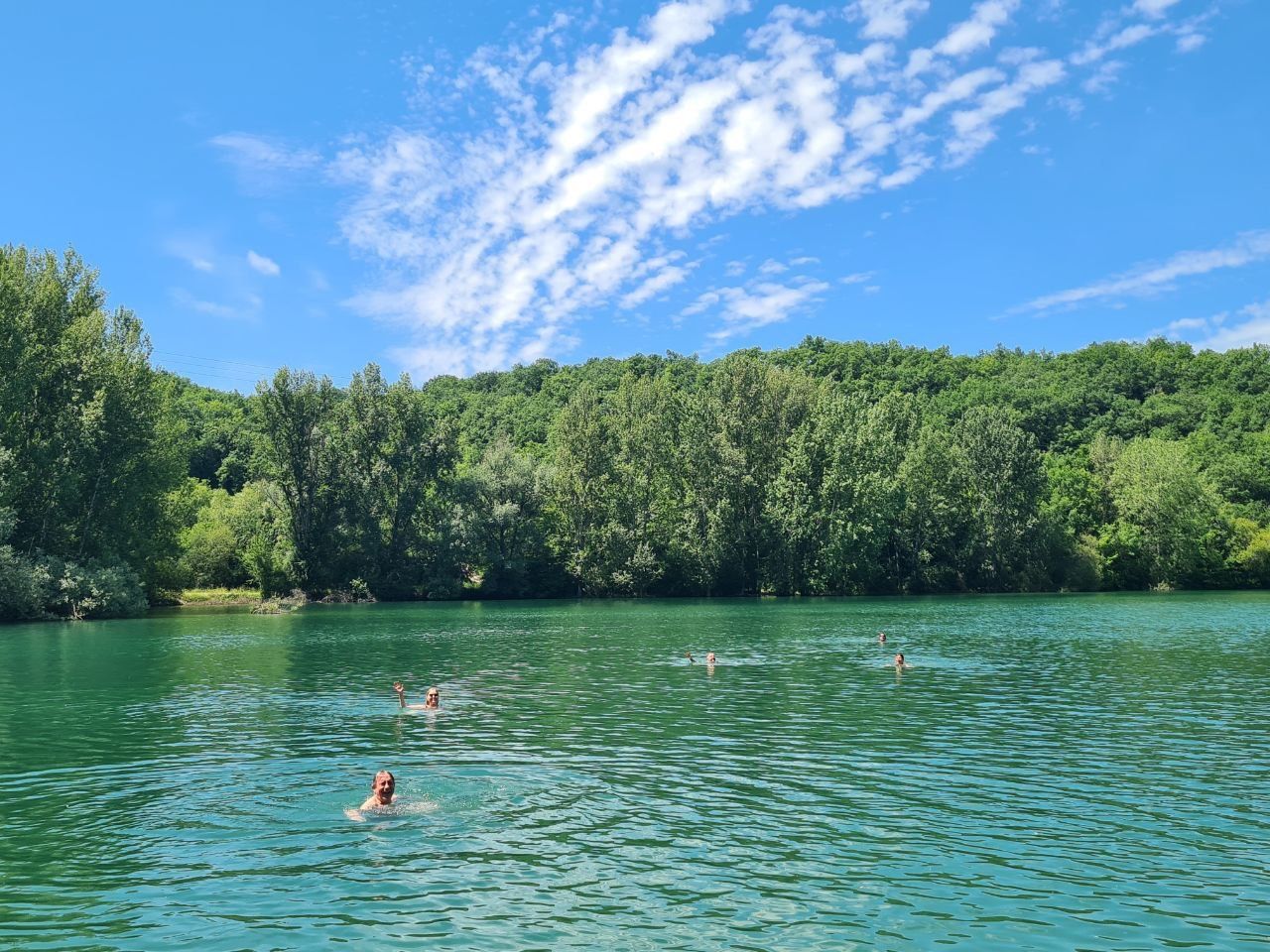
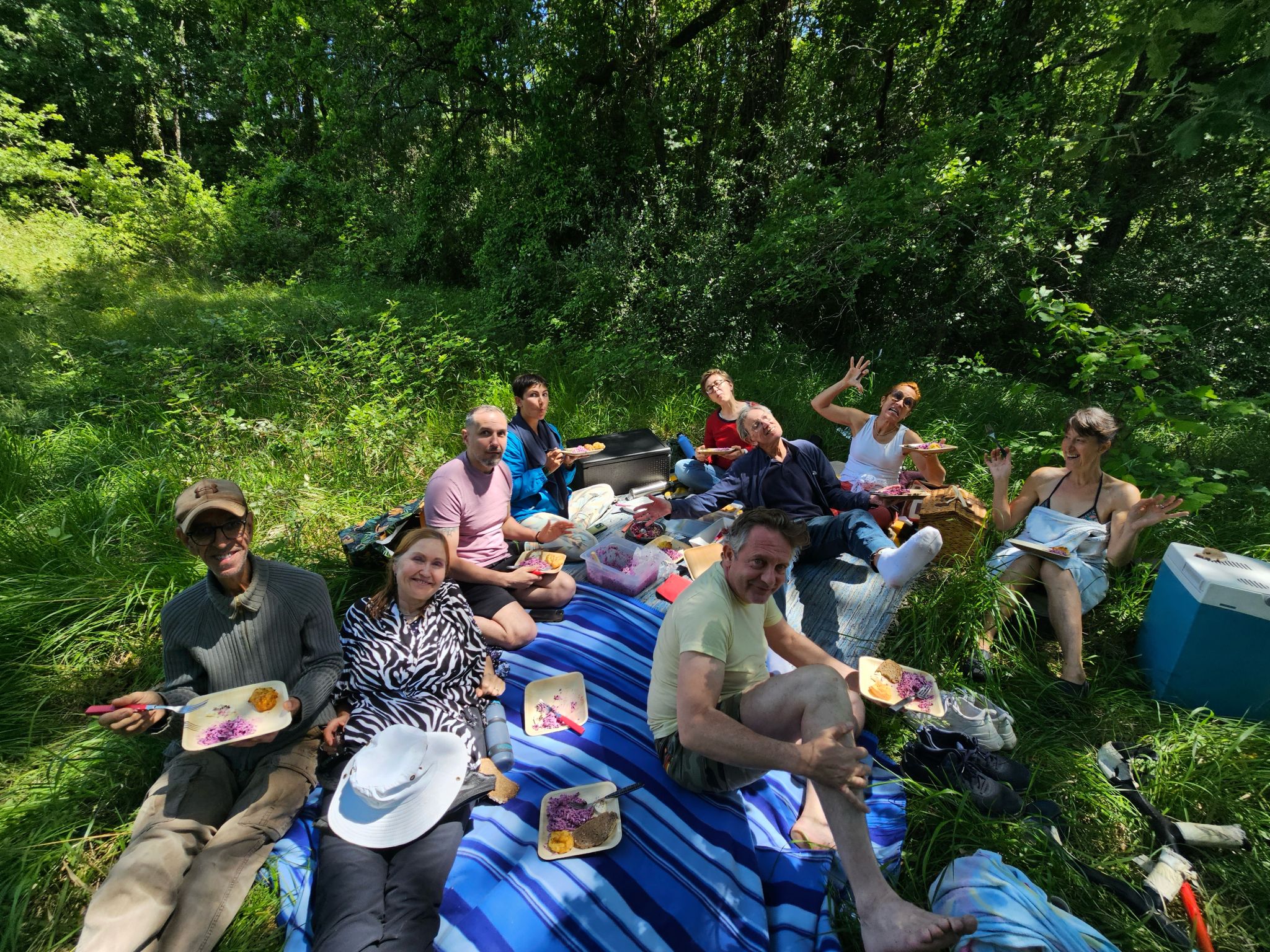
After a lot of walking on a hot day, we cooled off with a swim in Lake Peyralade, followed by a picnic.
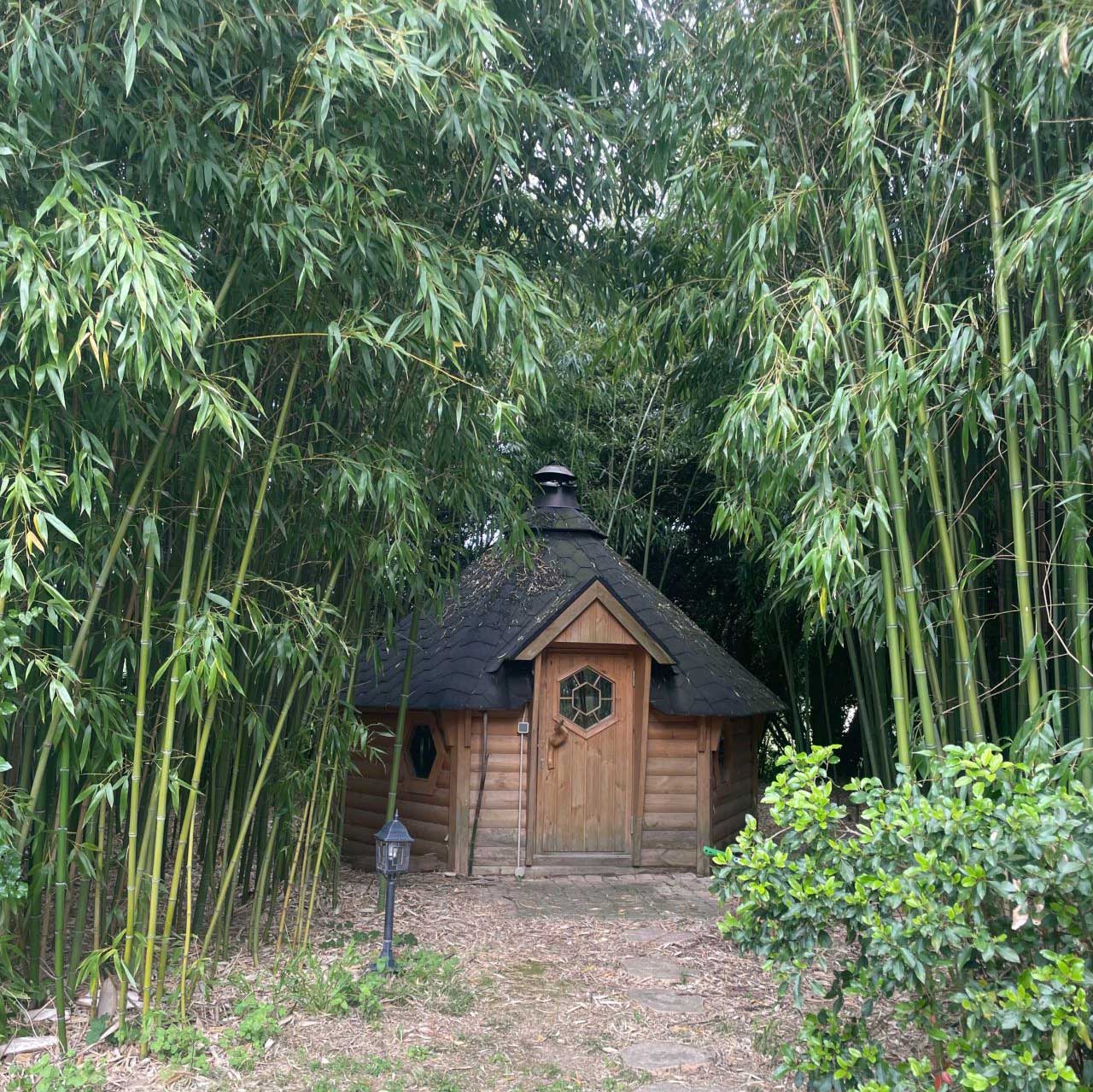
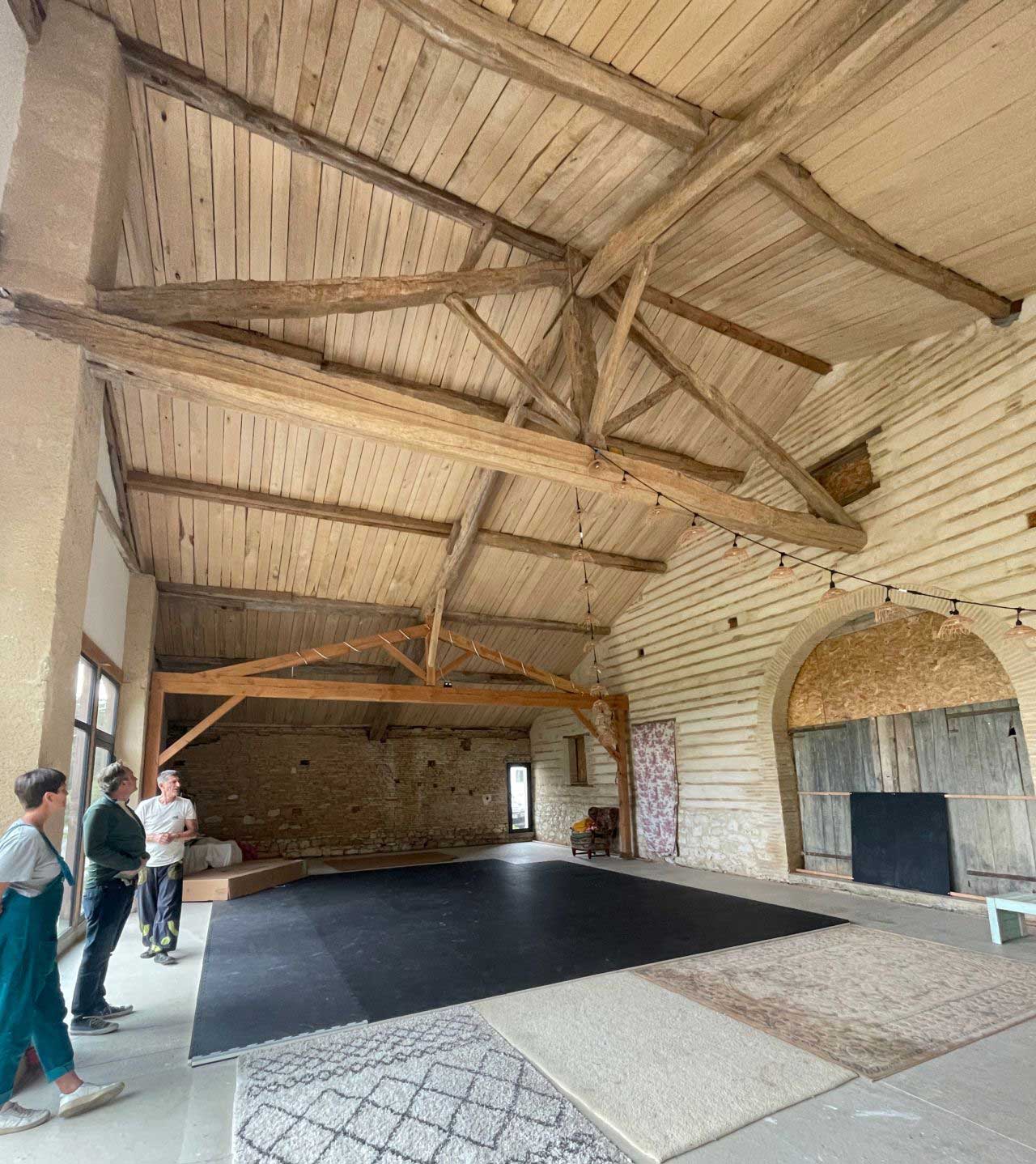
In the afternoon, we drove to Argoumbat in Beaumont-de-Lomagne to visit Les Pas-Sages, a non-profit supporting co-living communities. We explored how they help groups navigate the financial, legal, and governance aspects of shared living.
"It was nourishing and hopeful for me to meet everyone and find out about all the different initiatives. I know now that I can participate in something collective." – Immersion Participant
The morning of Day 4, we visited the certified organic Vanadal Farm in Escamps, in the Lot (a department in the Occitanie region, named after the Lot River).
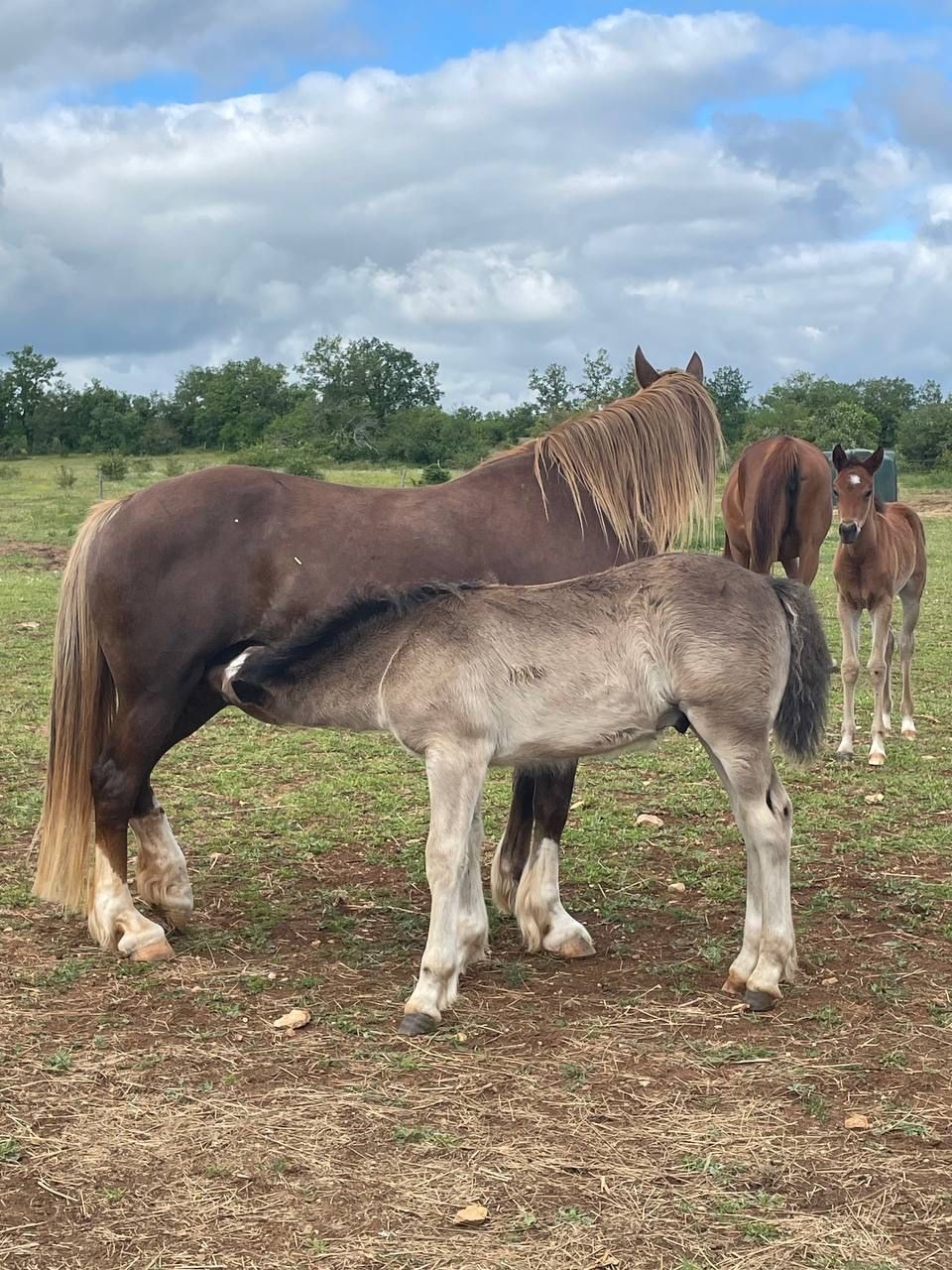
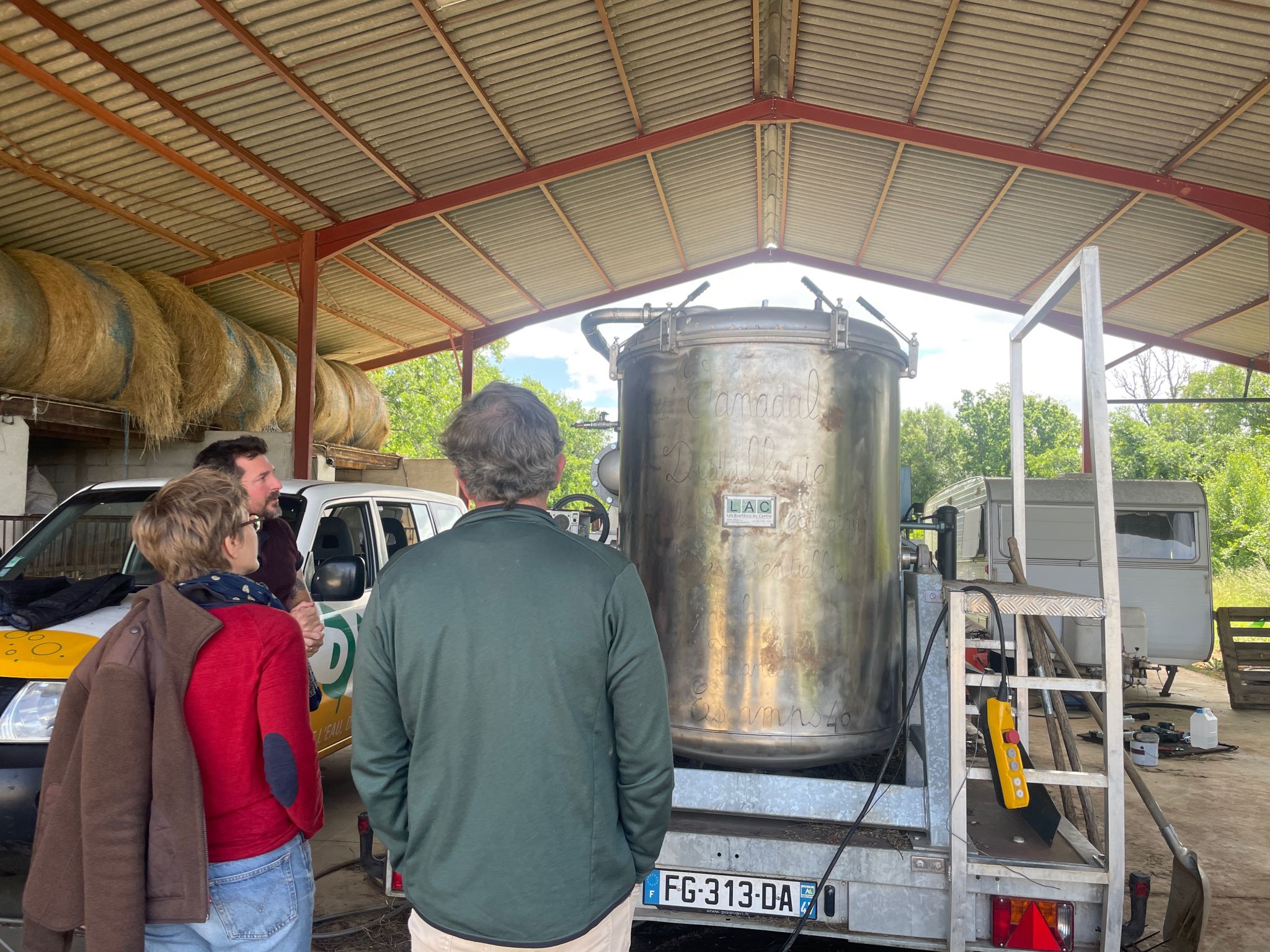
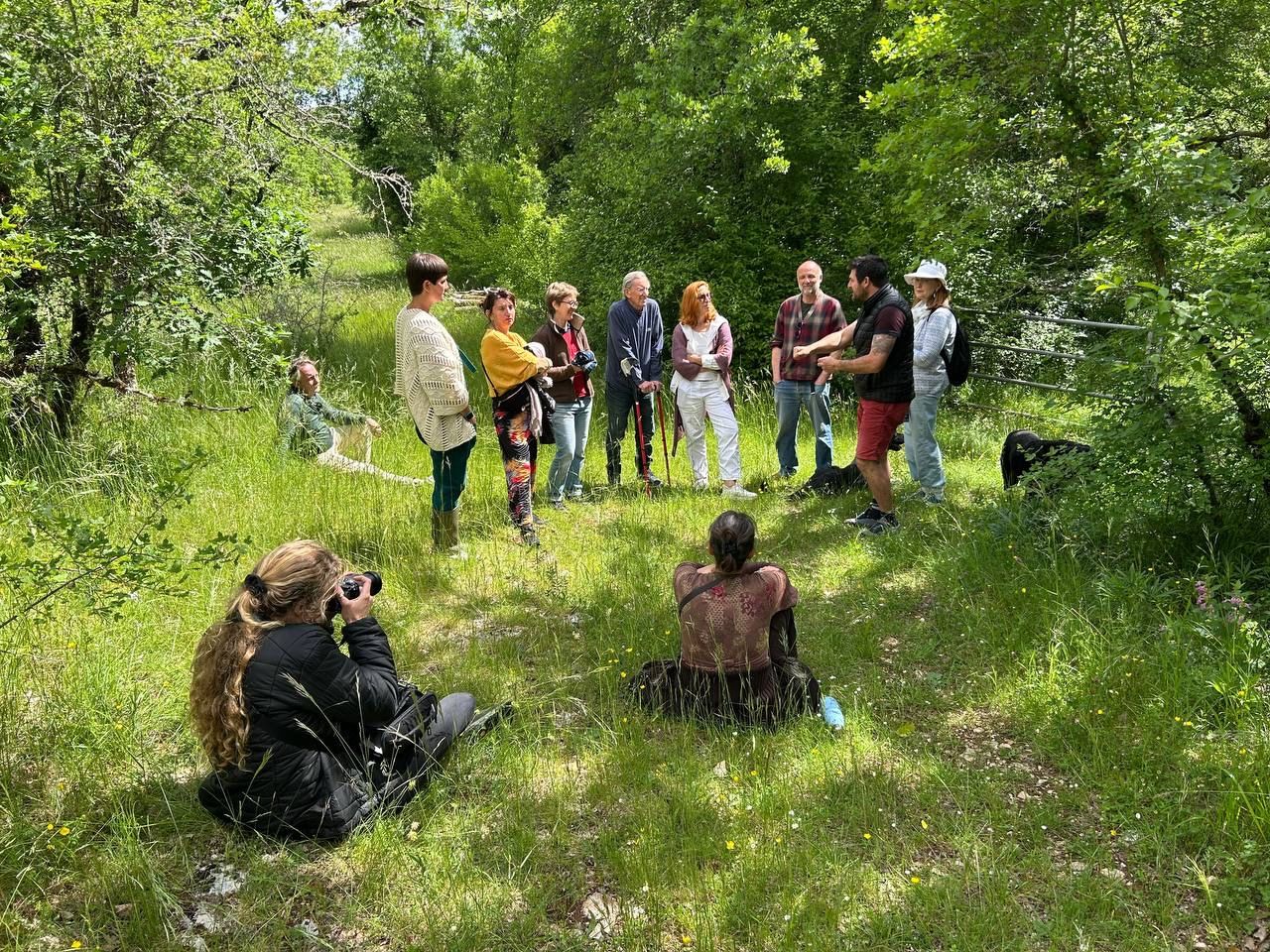
After we met their purebred Arabian horses, owner Benjamin Zimra showed us how he distills aromatic plants into essential oils and creates health-boosting drinks from hydrosols – often considered waste. He also shared his plans to offer eco-glamping accommodations to supplement his income.
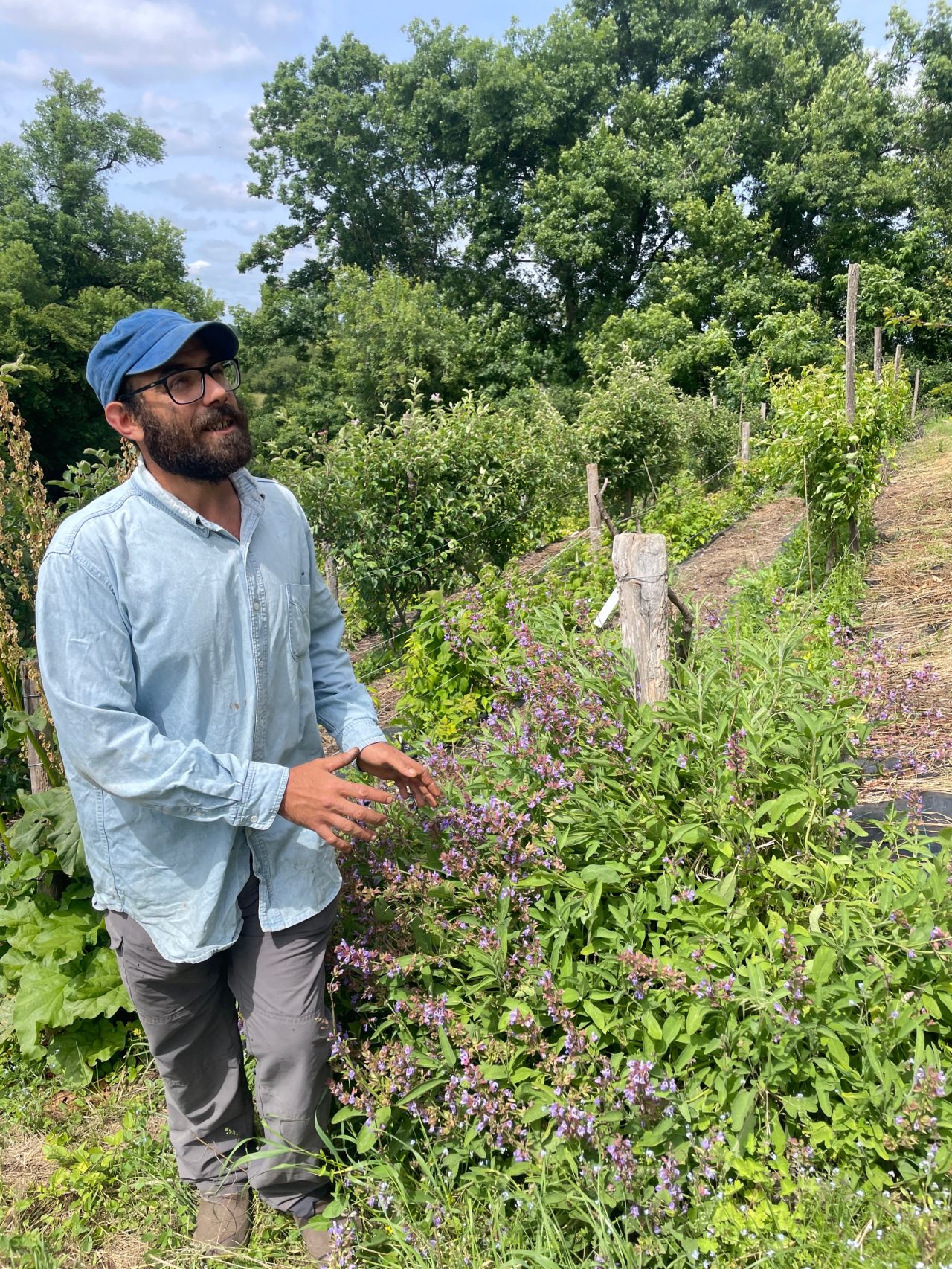
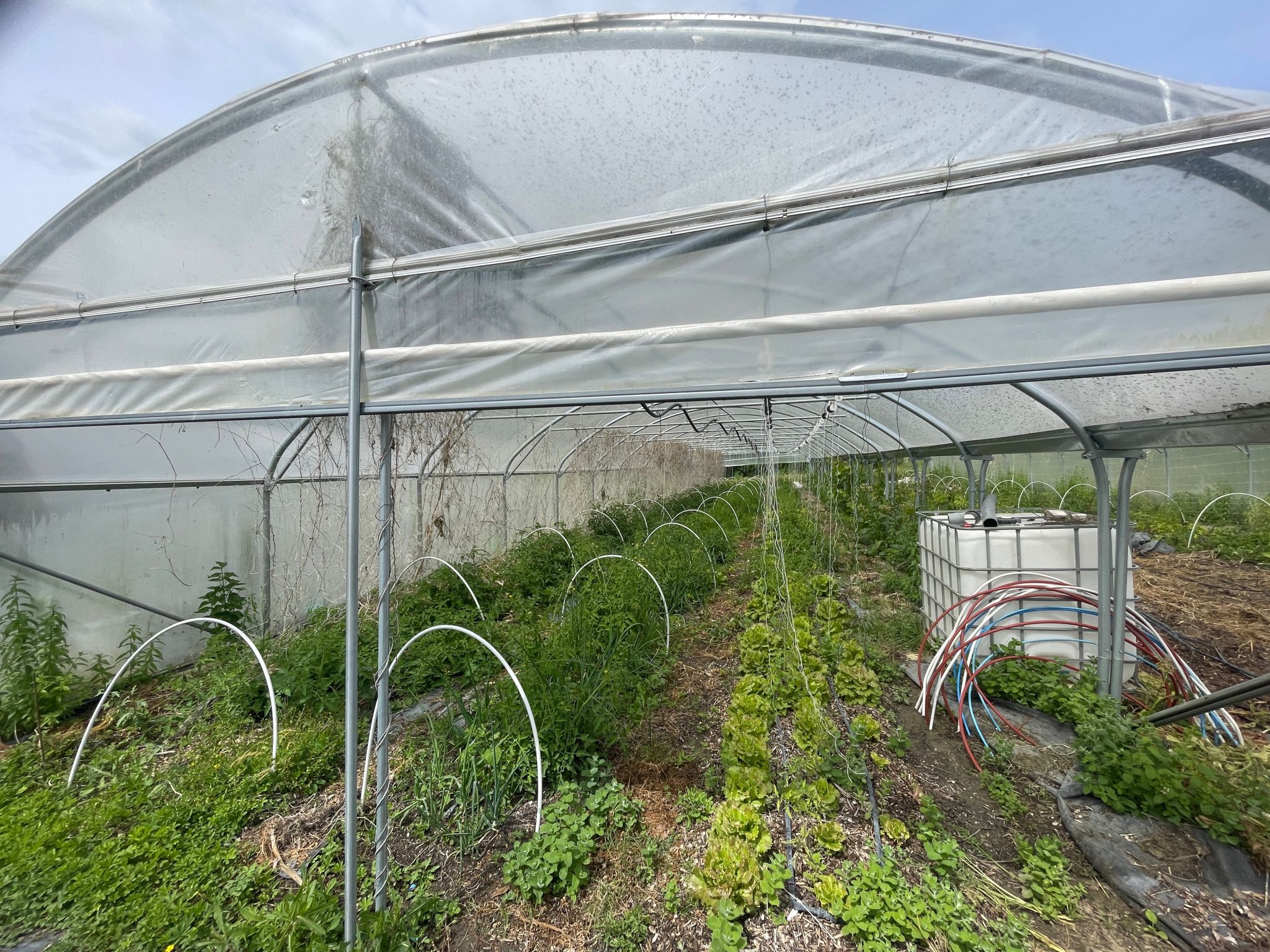
In the afternoon, we travelled back to Tarn-et-Garonne to visit Les Jardins de la Lupte, a permaculture farm in Labarthe. Farmer Emanuele Negrosini shared with us how he transformed a 1-hectare plot of land producing only €200 worth of hay per year into a thriving market garden that now supports three full-time jobs. His approach to scaling up within regenerative principles was truly inspiring.
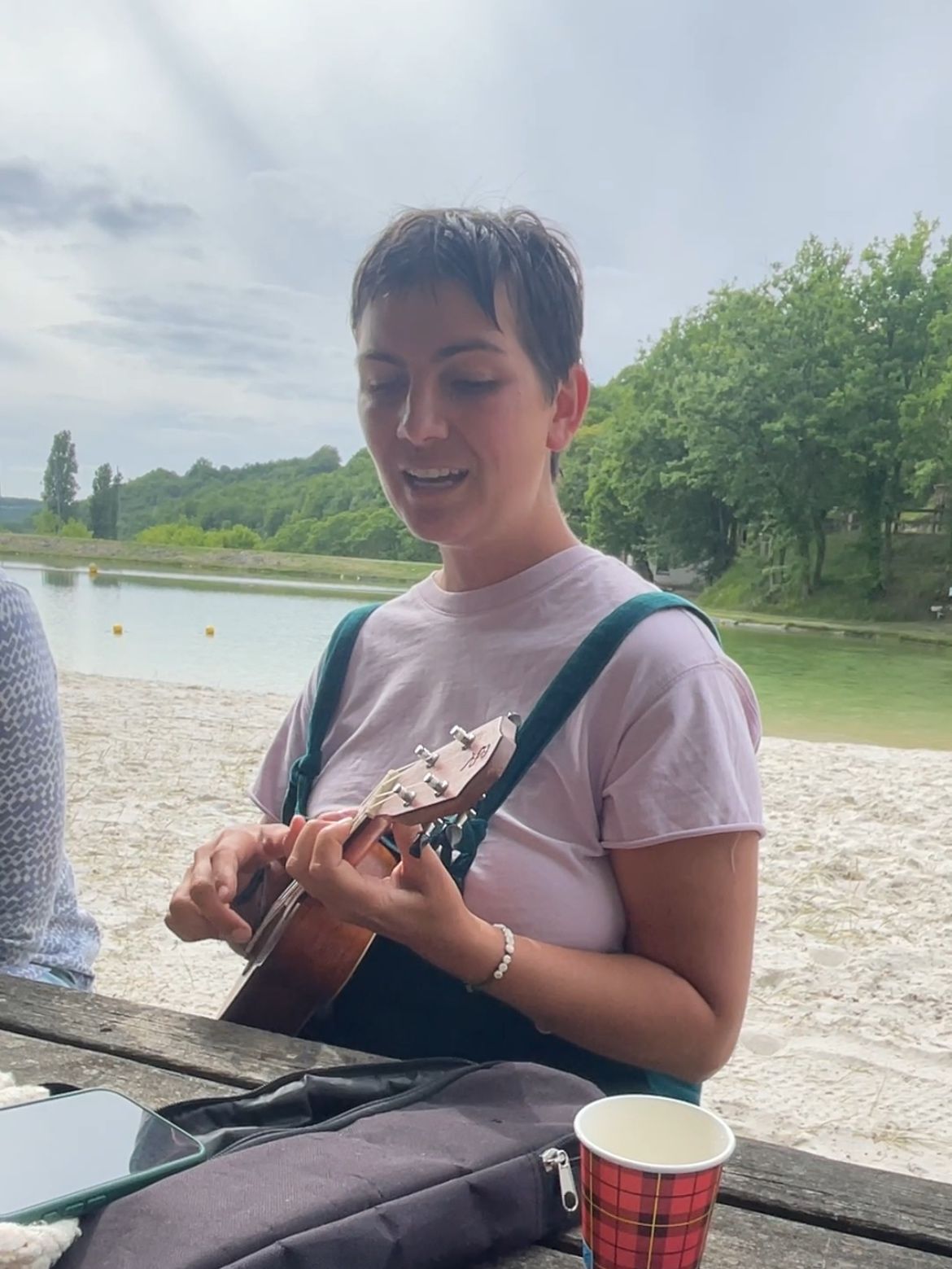
We ended the day at Lake Montaigu-de-Quercy with a swim and a song!
"Sensing from the inside-out where the potential is for ecological, cultural, and economic regeneration carries seeds well beyond into other bioregions. I return to my bioregion restored and inspired." – Immersion Participant
By the last day, we had all formed close relationships.
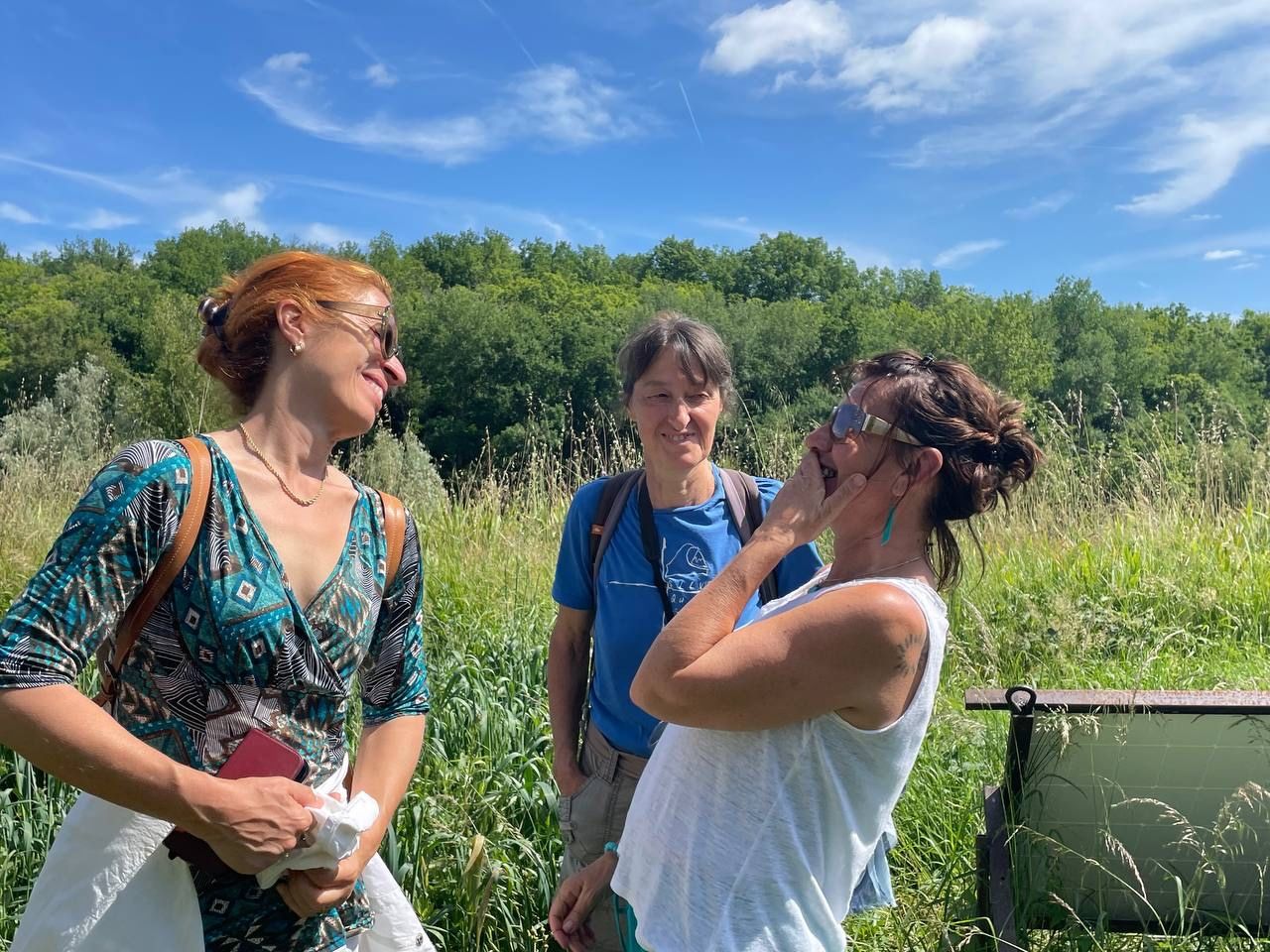
We introduced ECO2, our project aimed at regenerating rural territories by building eco-neighborhoods and training young farmers in niche agriculture so they can thrive in vibrant local communities.
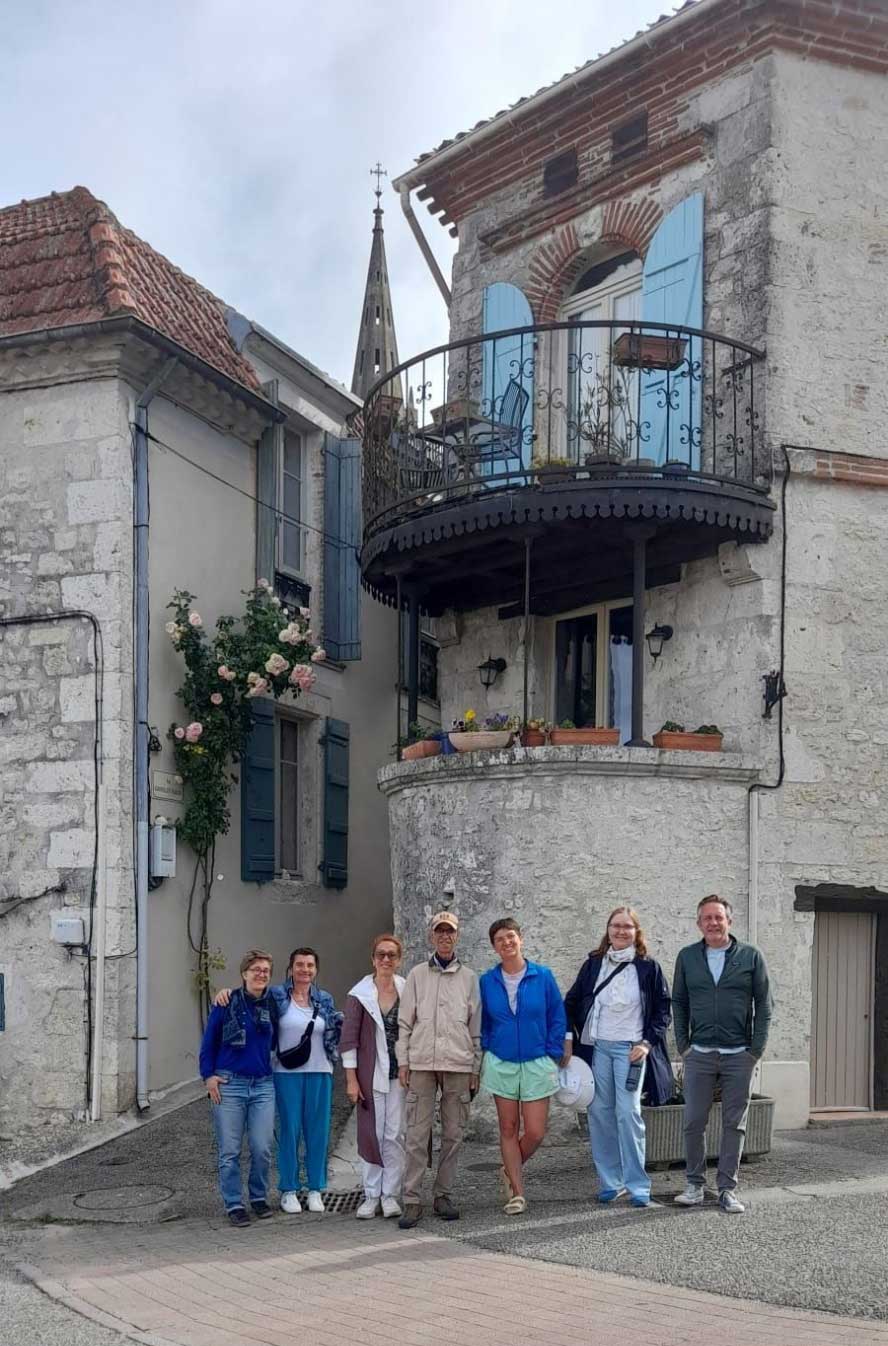
We visited Bourg-de-Visa, a charming commune located in the northwest of Tarn-et-Garonne, starting with the village itself.
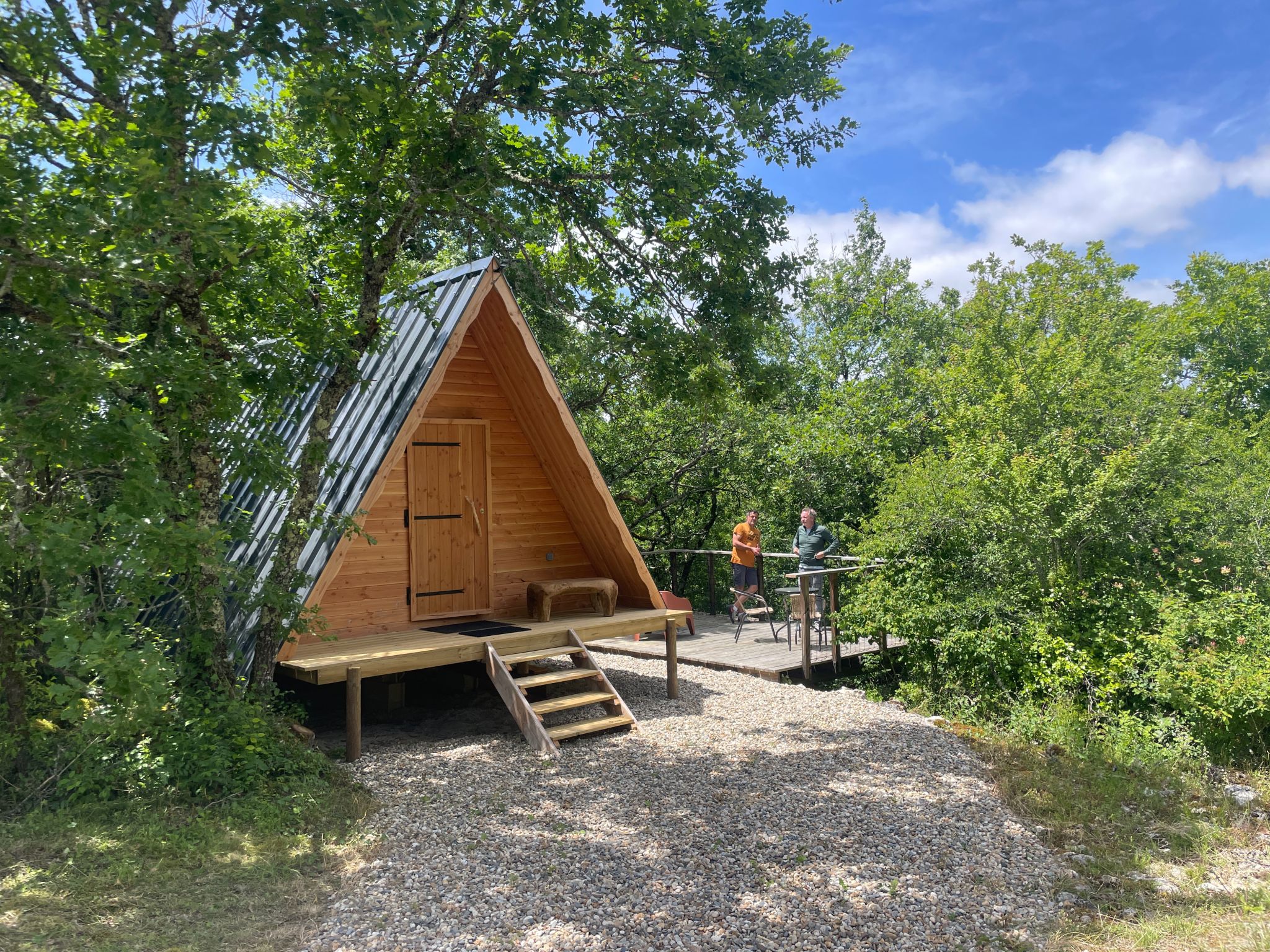
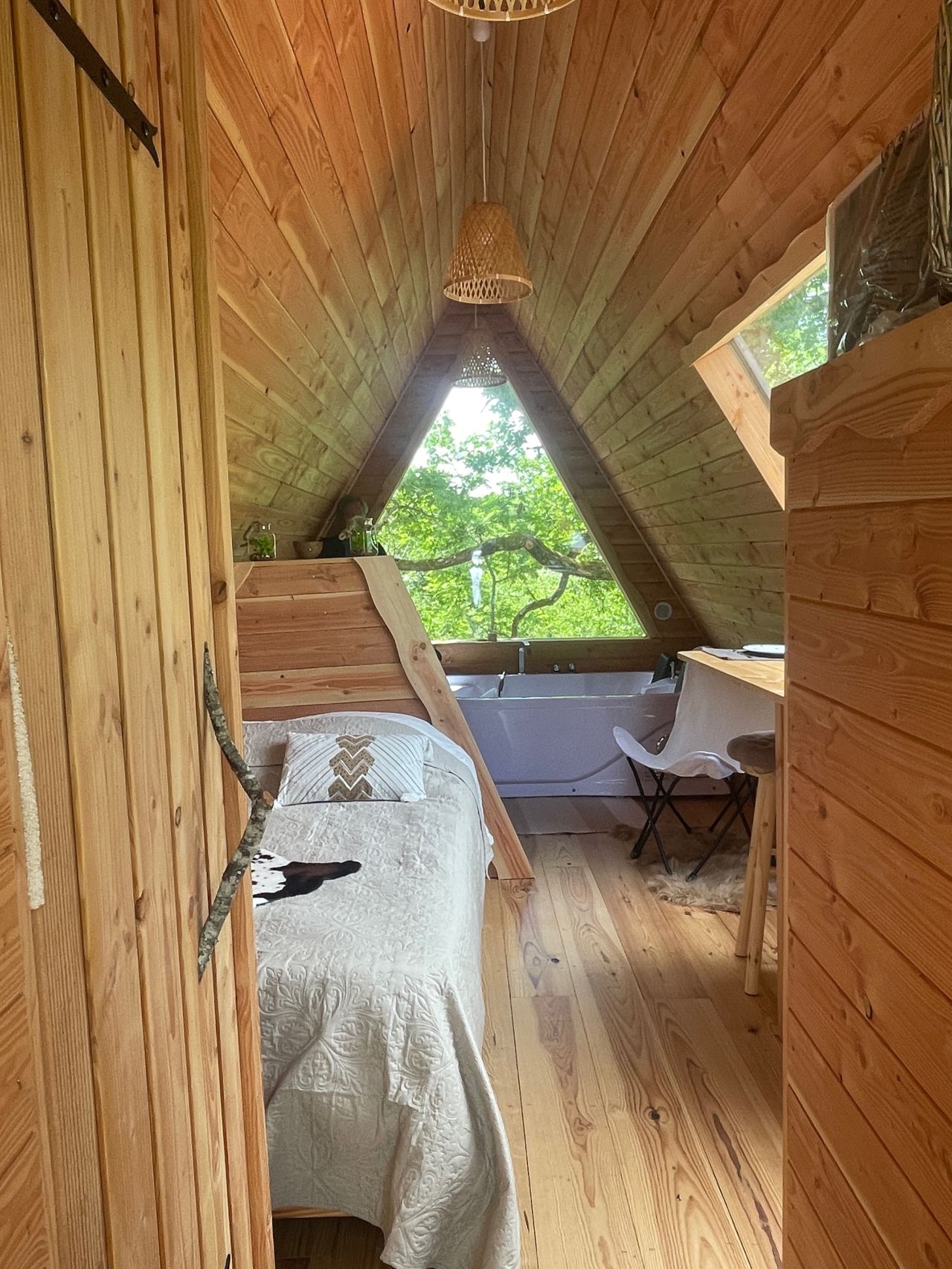
We went to the Mandrau estate where Béatrice and Frédéric Ducasse have built their own home and eco-cabins, rented out for income, and produce farm-grown morels – a prized delicacy among top chefs.
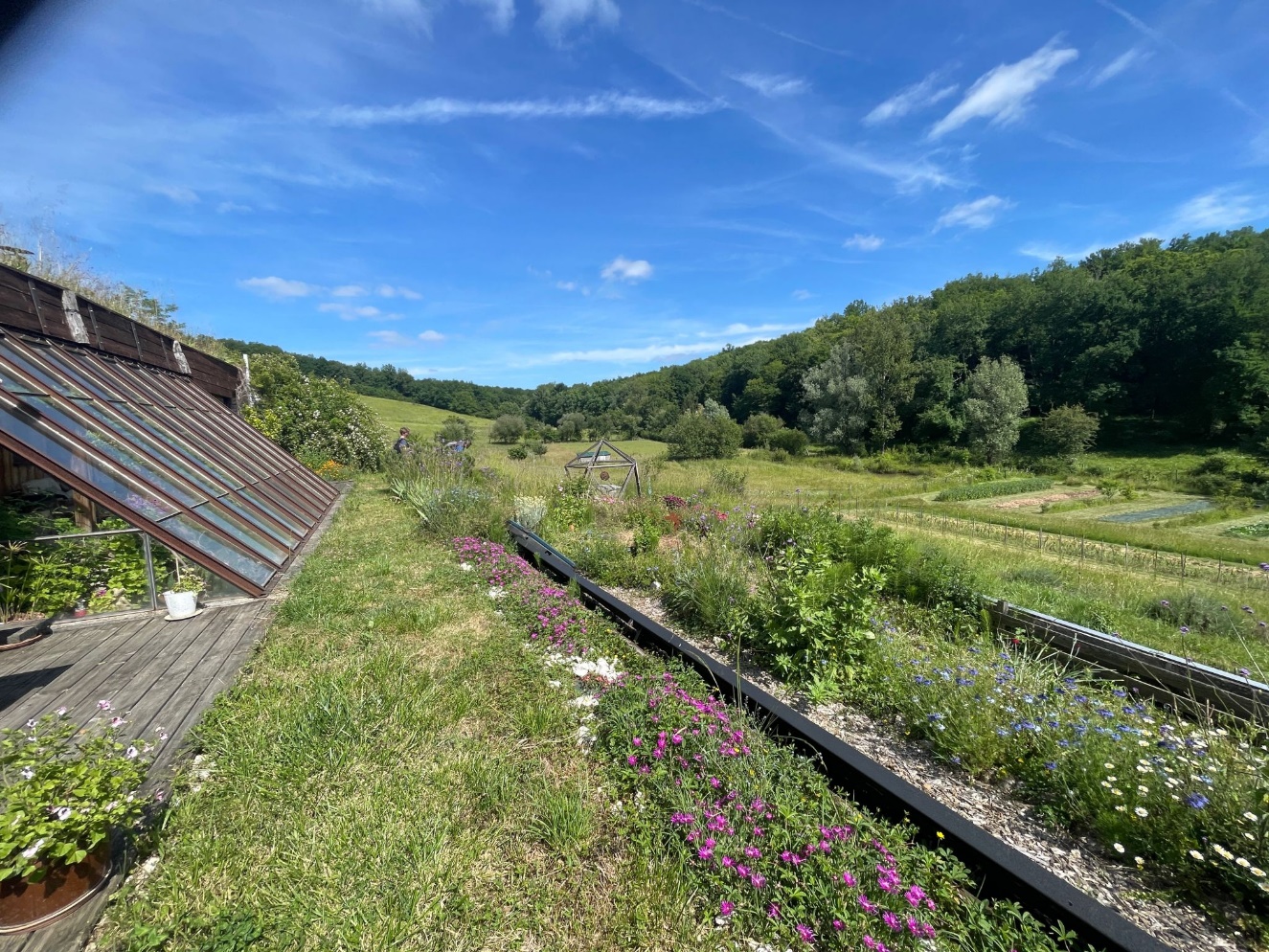
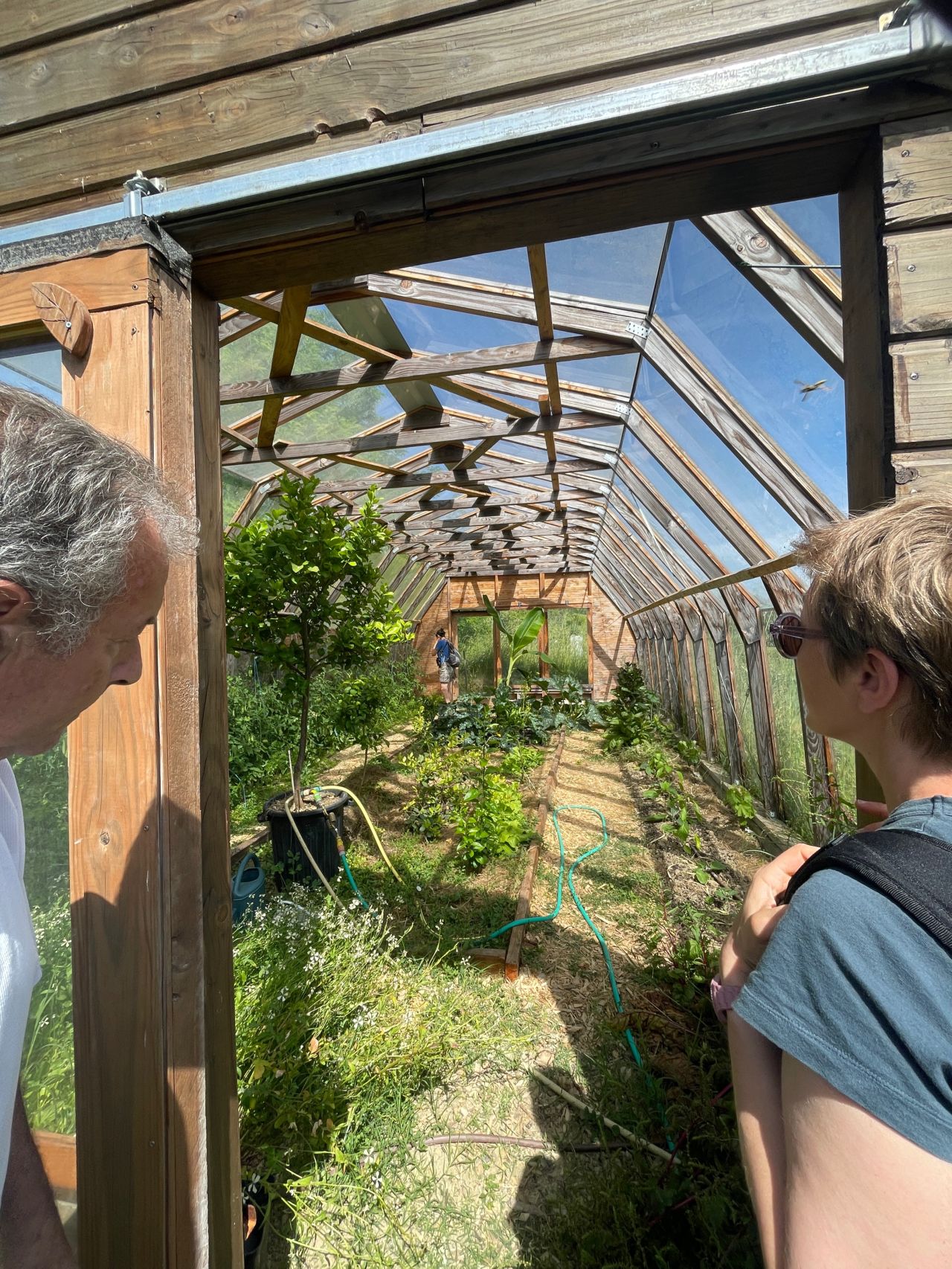
In the afternoon, we visited Durfort-Lacapelette to learn how Dominique Guillot has been living 100% autonomously, building his own home and producing his own food and electricity over the last 15 years.
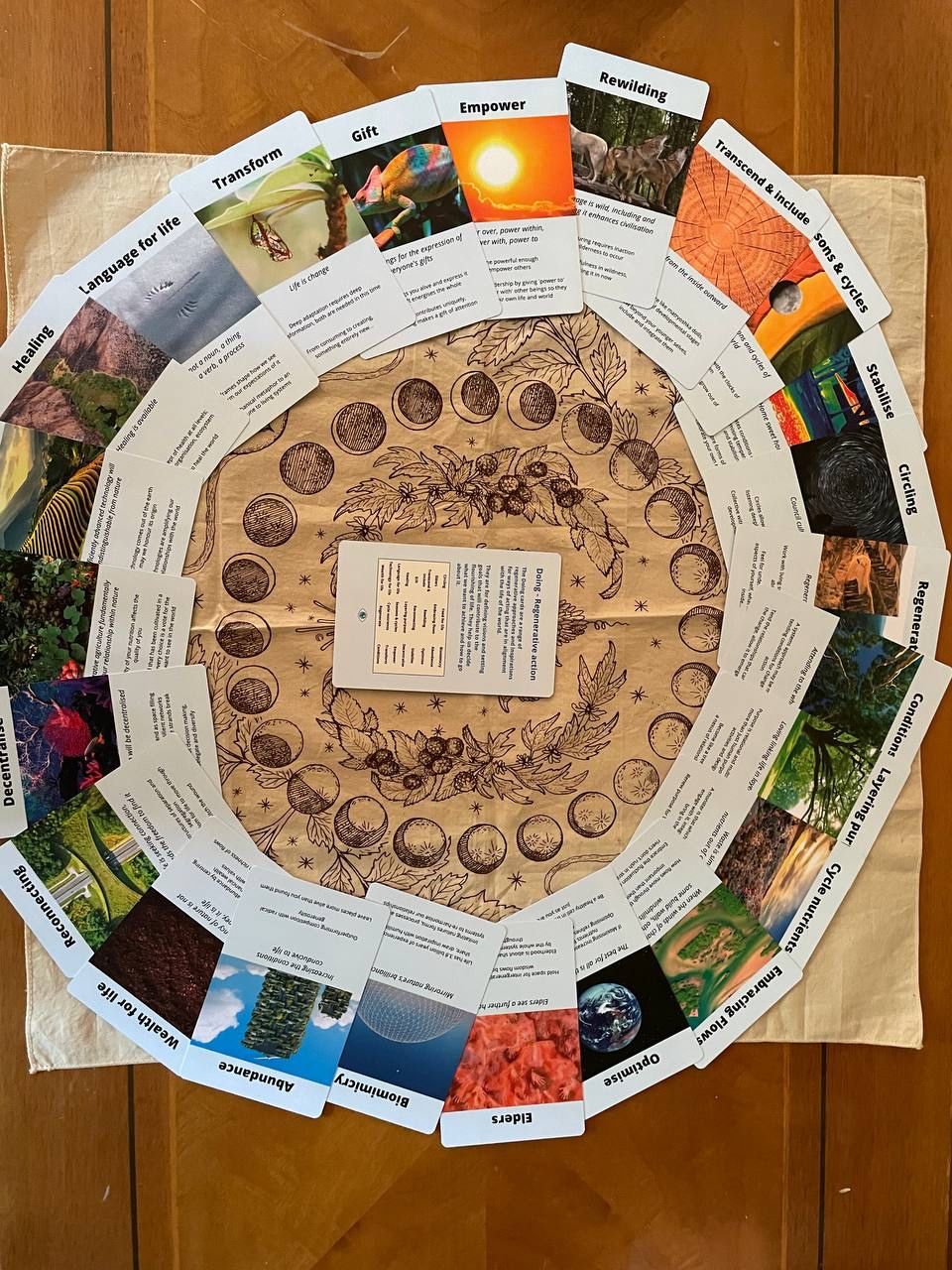
We wrapped up the five-day immersion with a reflective group activity called Cards for Life, developed by Thomas Mansfield, to begin harvesting the lessons of the week.
"What really stood out is the generosity of everyone, and their attention through their stories, perspectives, ideas. There was a lot of richness of experience in the group. They are engaged and really deeply care, and that was inspiring." – Immersion Participant
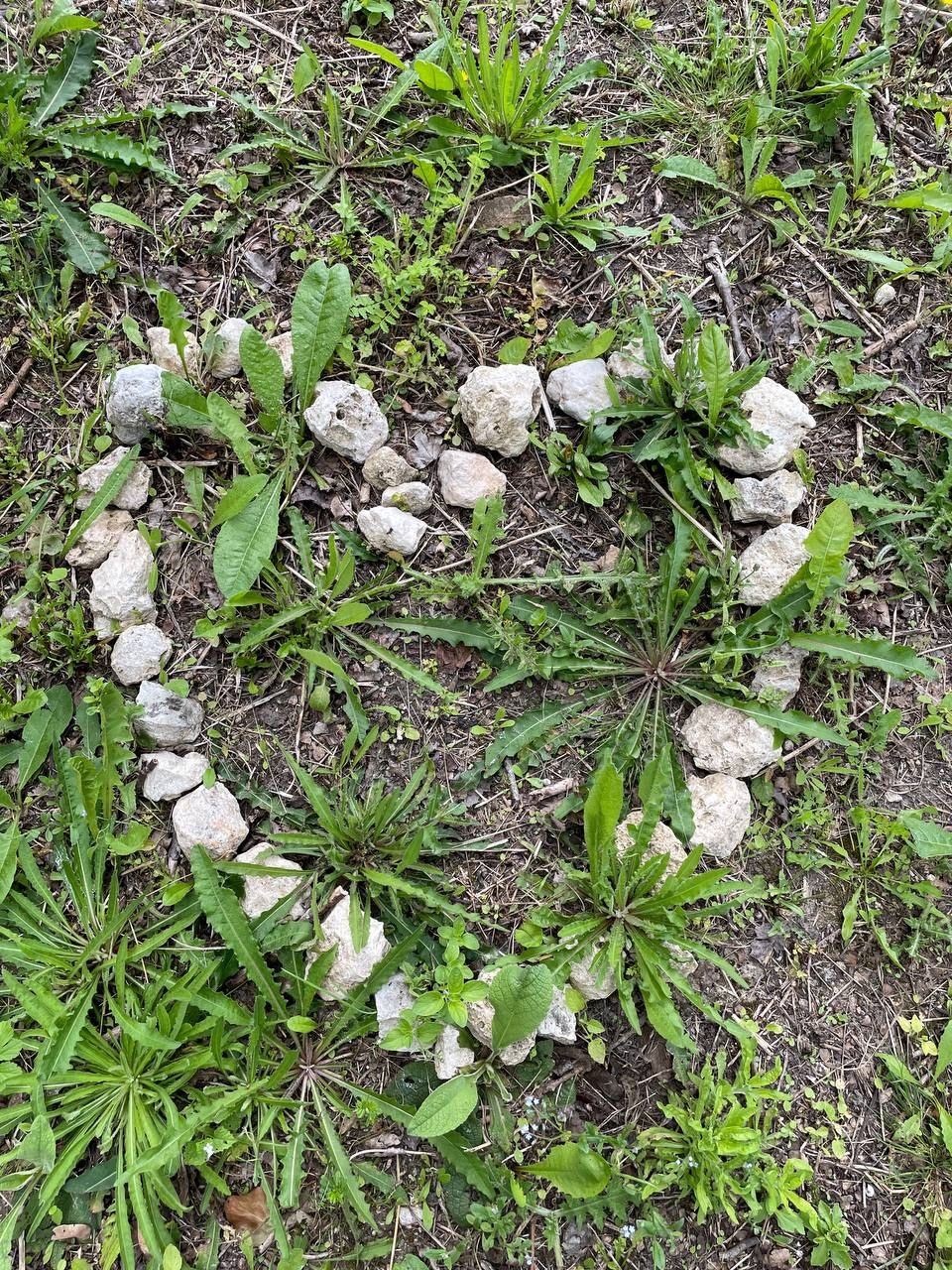
So much more happened during the five days of the design immersion than words can capture – especially the unplanned moments, conversations shared and the relationships formed. This week exemplified how regeneration happens on every level – personally, as we do our inner work and share it with others, and collectively, as we restore our communities and natural systems.
To catch a glimpse of the experience, check out this short video which captures key moments and features some participant reflections.
In the face of planetary crisis, such moments of connection and clarity are precious. They remind us that regeneration is not a trend – it is a return. To wholeness. To responsibility. To the rhythms of life that never forgot us, even when we forgot them.
As we move forward, we carry not just memories, but commitments – to continue this work, deepen it, and share it.